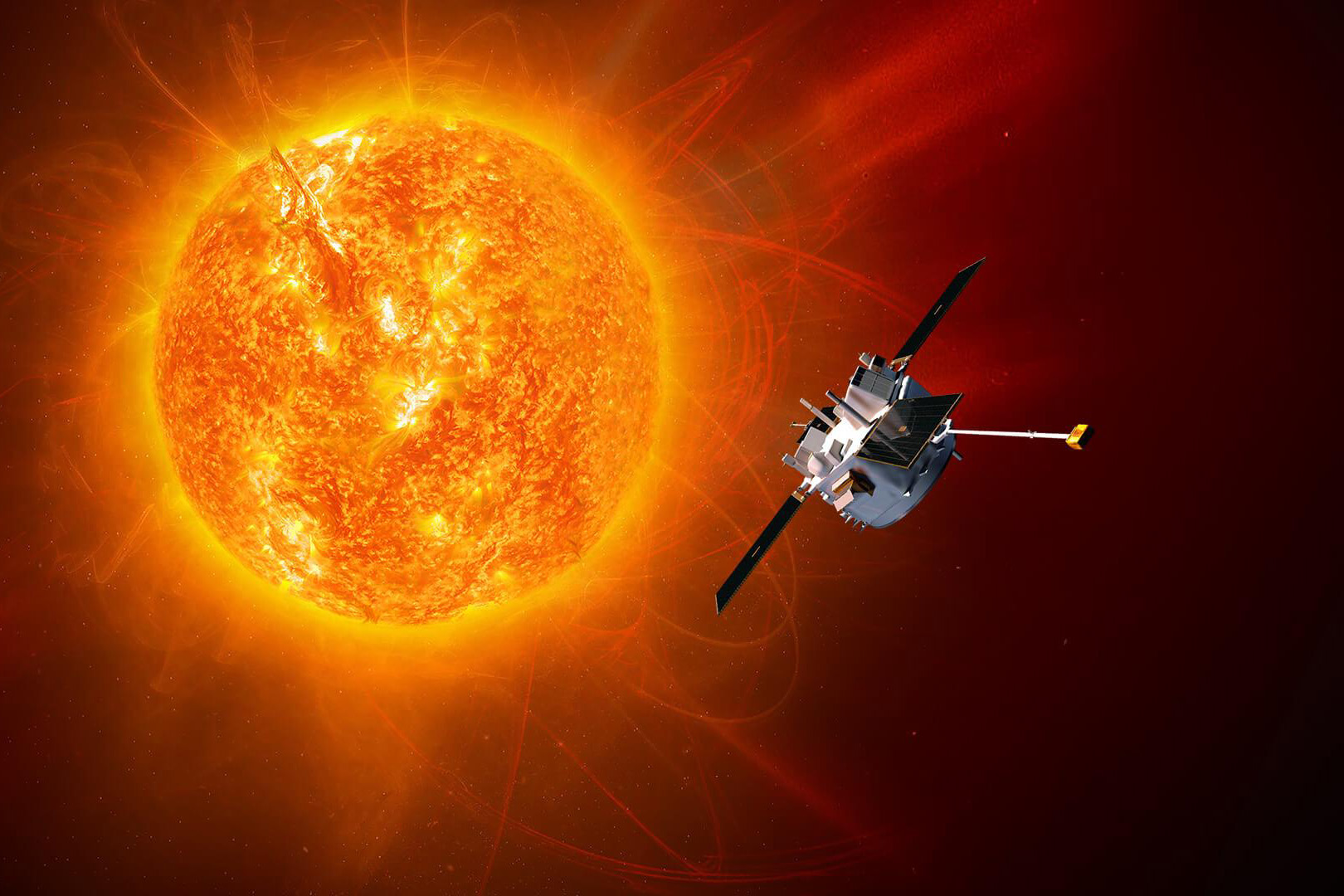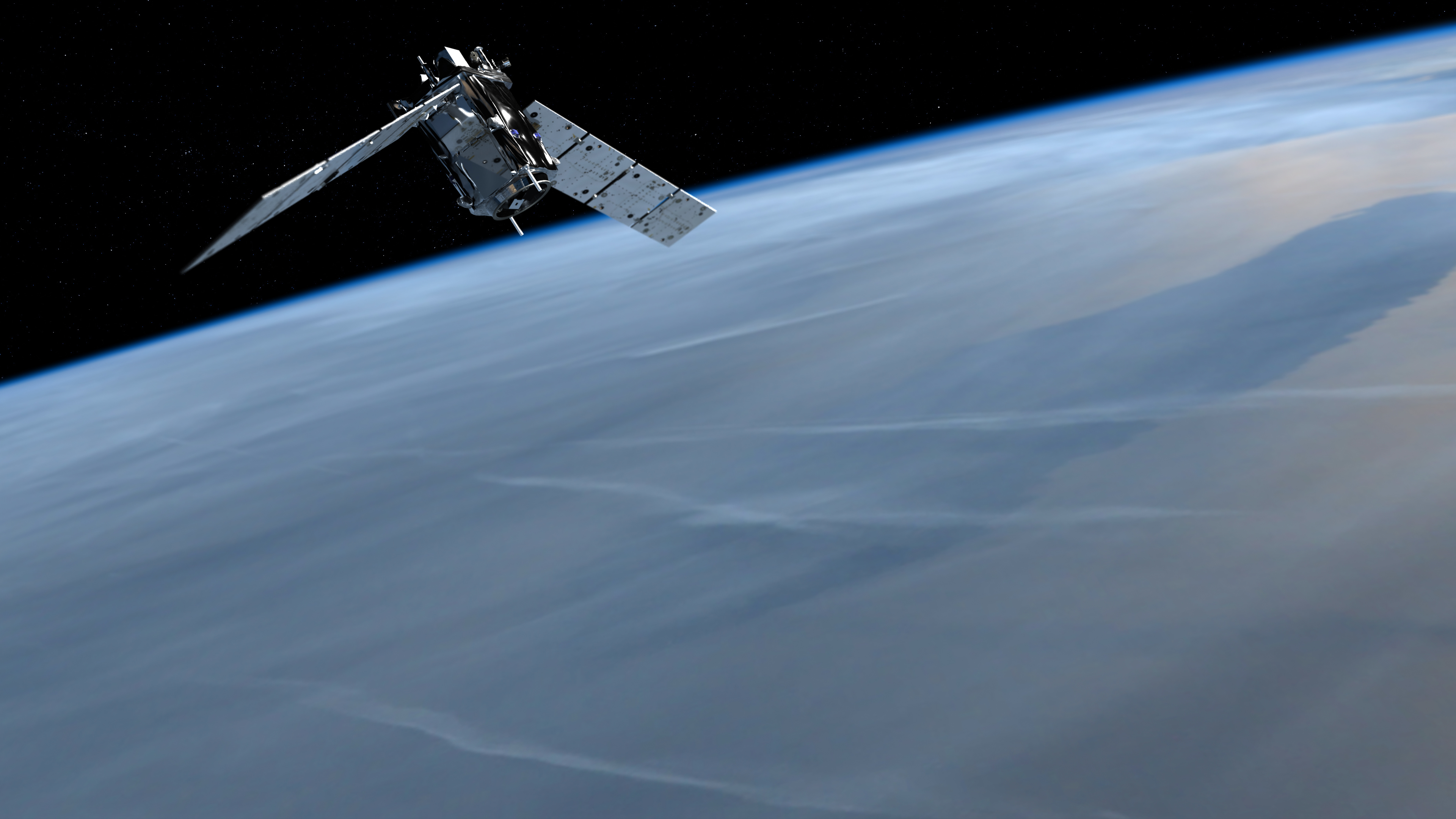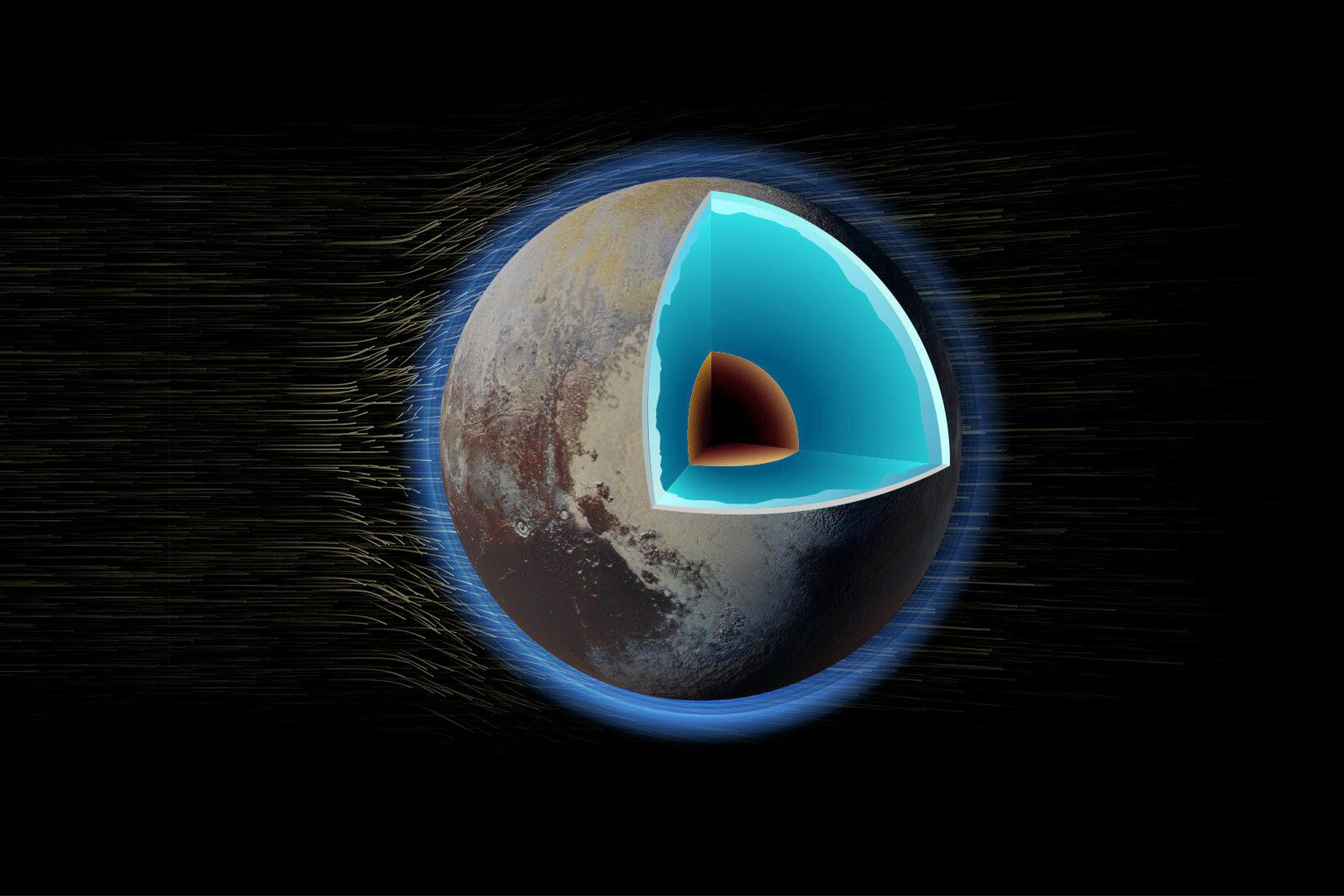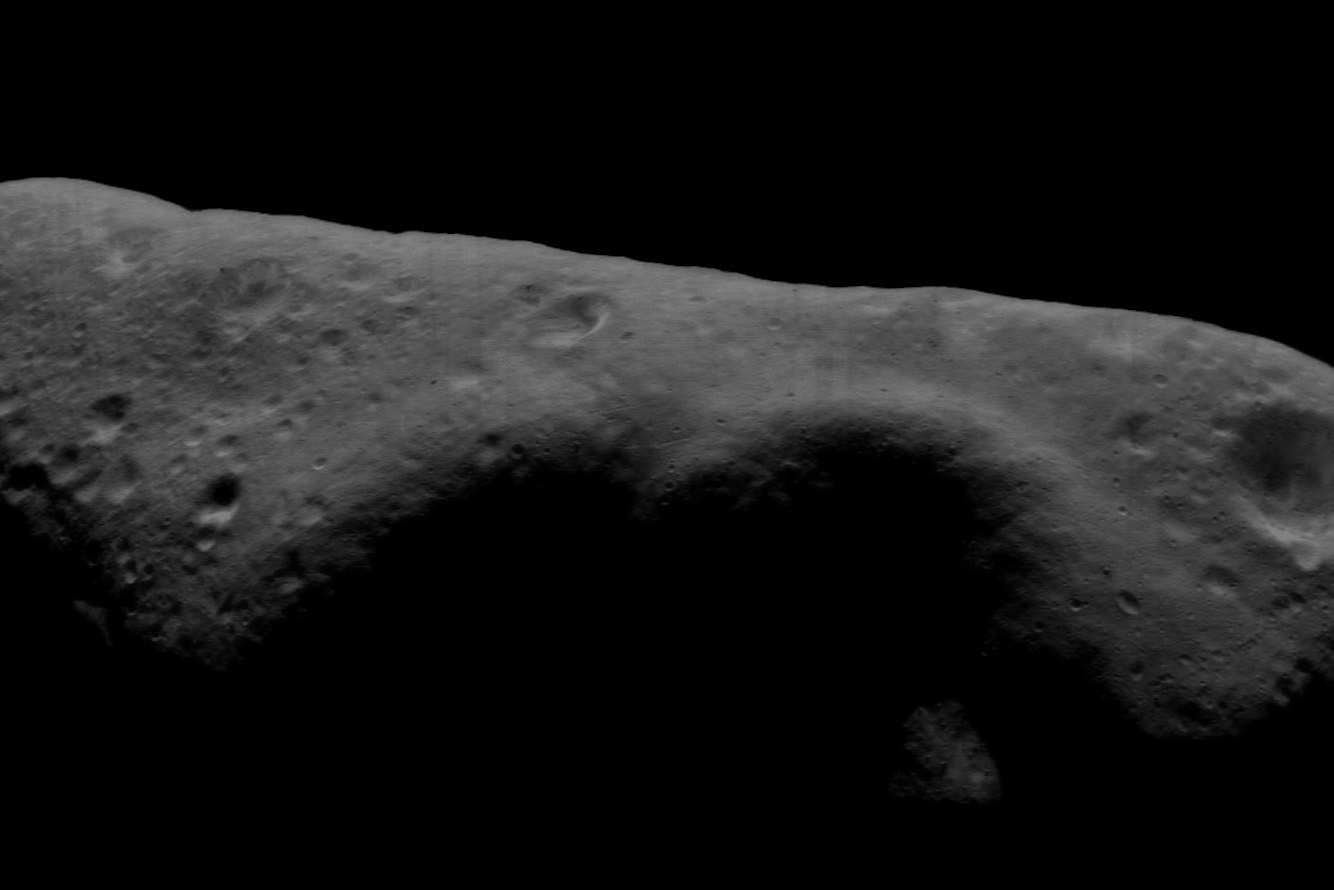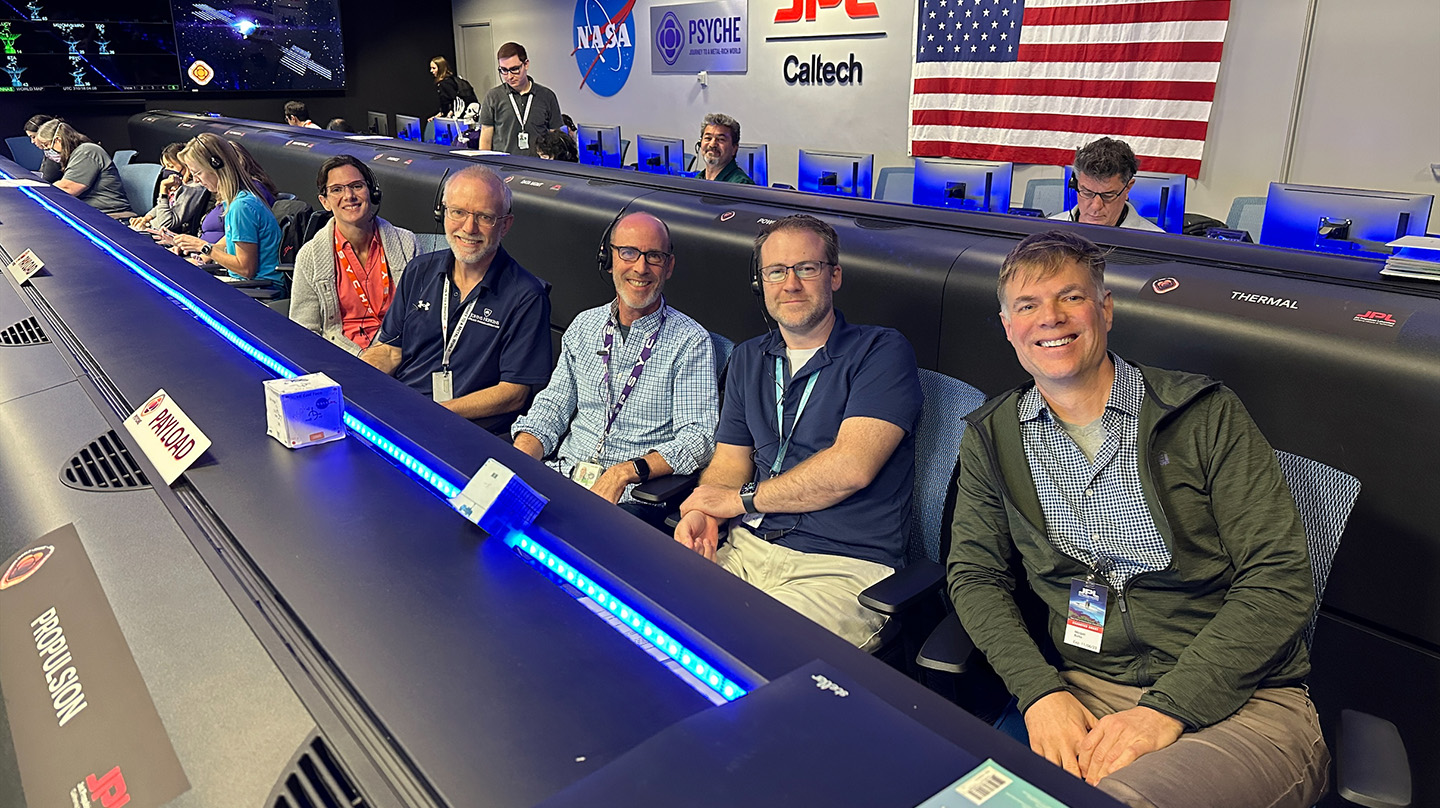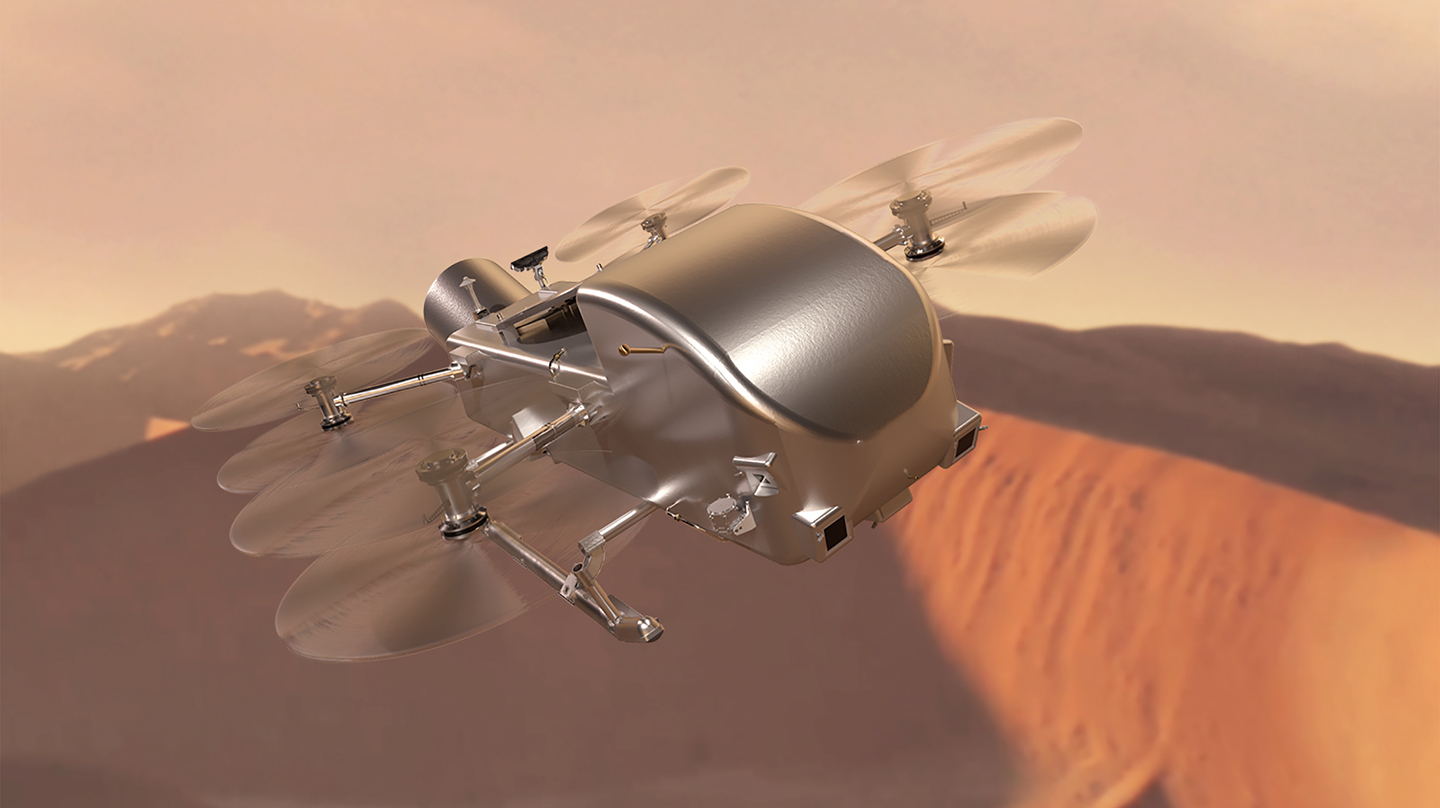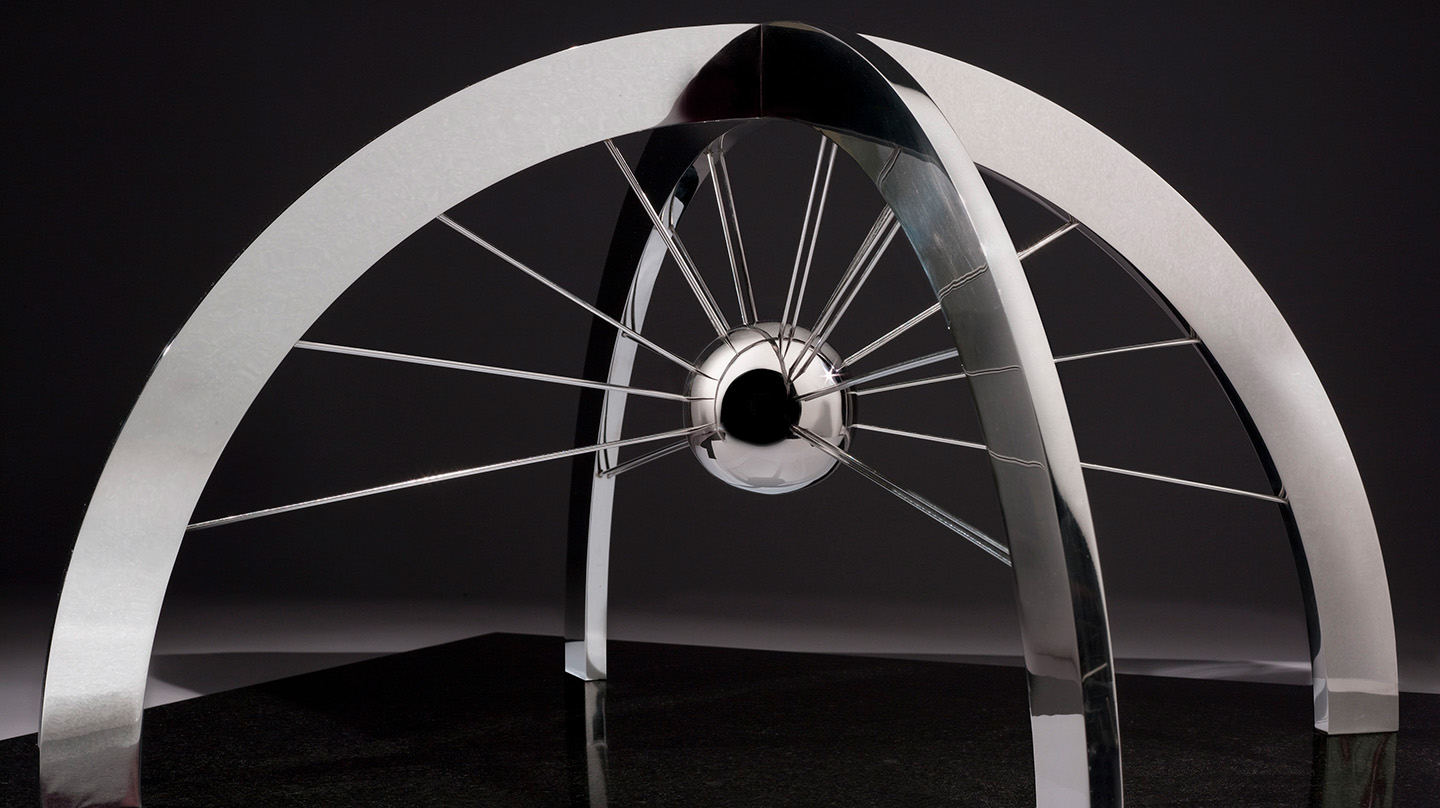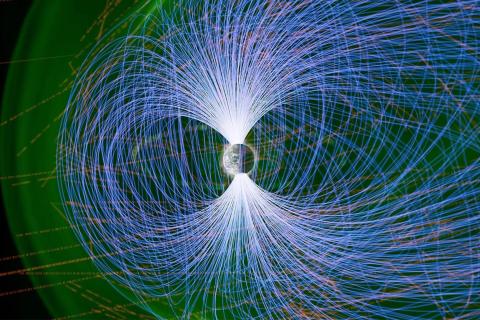
Space Technology
Seeing Data in New and Powerful Ways
Since the dawn of the Space Age, APL has been deeply involved in data analysis and visualization. Our scientists have the analytical capabilities to support the entire life cycle of a mission.
From investigating a team’s proposed flight trajectories, to designing and testing its instruments, to analyzing the returned mission data, APL can support mission development from beginning to end. Applying a wide range of experience in visualization, software development and algorithmic analysis, APL researchers can extract valuable scientific information from the growing amounts of mission data to address key questions about our place in the cosmos, whether from the Sun, Pluto or beyond. And with expertise in software tools and development, our scientists can comprehend and visualize this data in new and powerful ways, including machine learning, cloud computing and virtual and augmented reality. These tools and skills were used to model the heliosphere using particle instruments on NASA’s Parker Solar Probe; to analyze and re-project images of Pluto captured by NASA’s New Horizons; and to develop 3D models with the APL-designed Small Body Mapping Tool, which enables detailed studies of asteroid surfaces and aided in selecting a touch-down spot for NASA’s OSIRIS-REx mission on the asteroid Bennu.
Expertise in Action
Missions
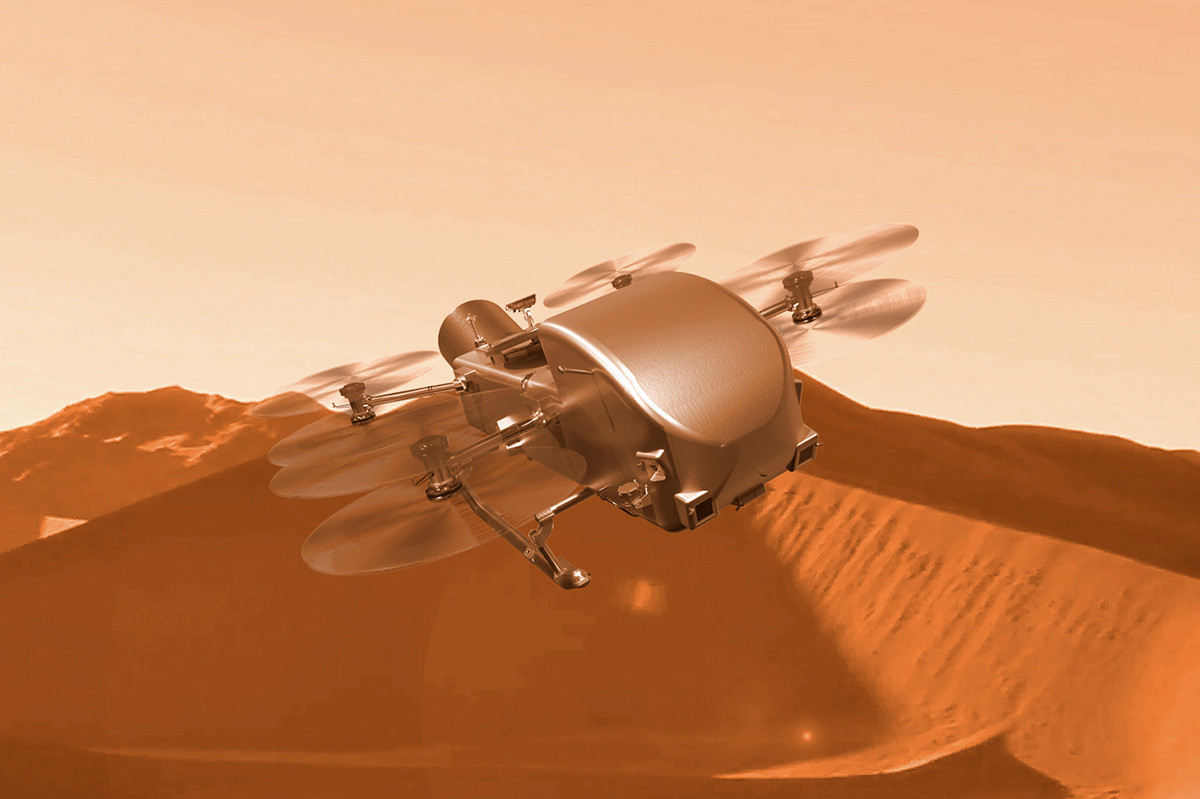
Dragonfly Outer Moons
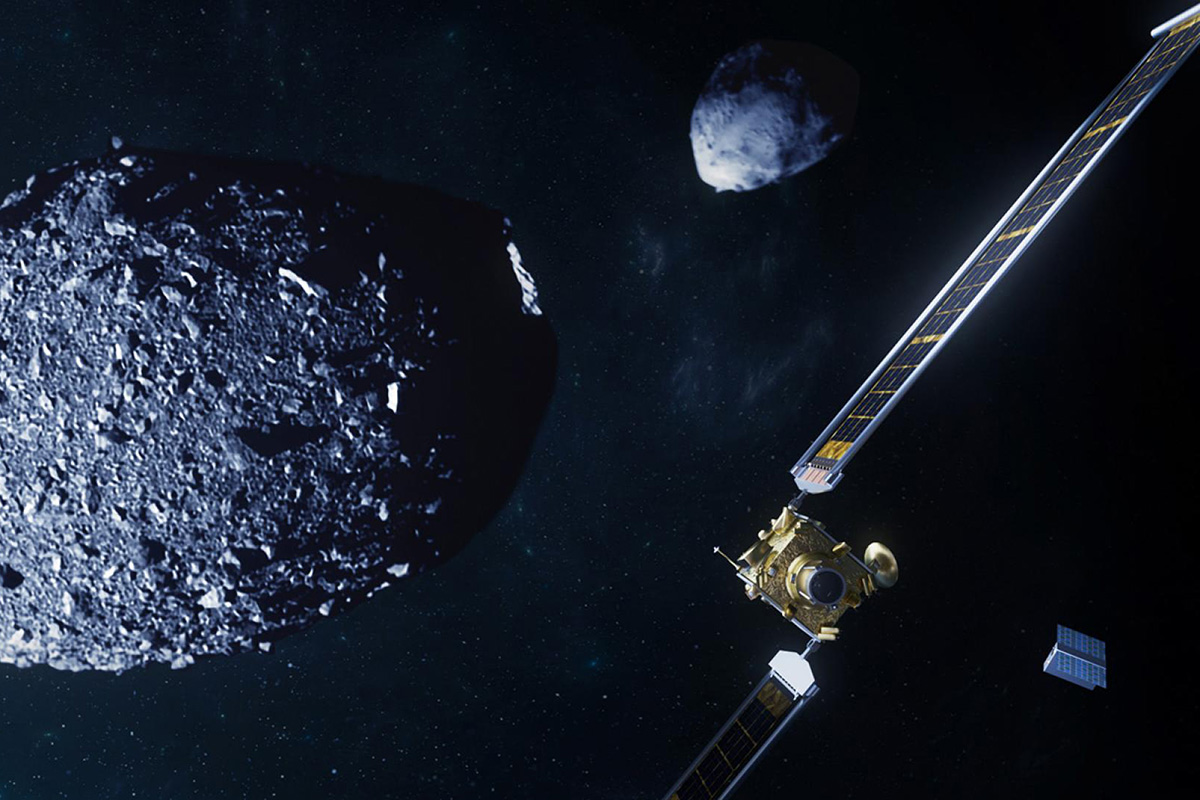
DART Asteroids
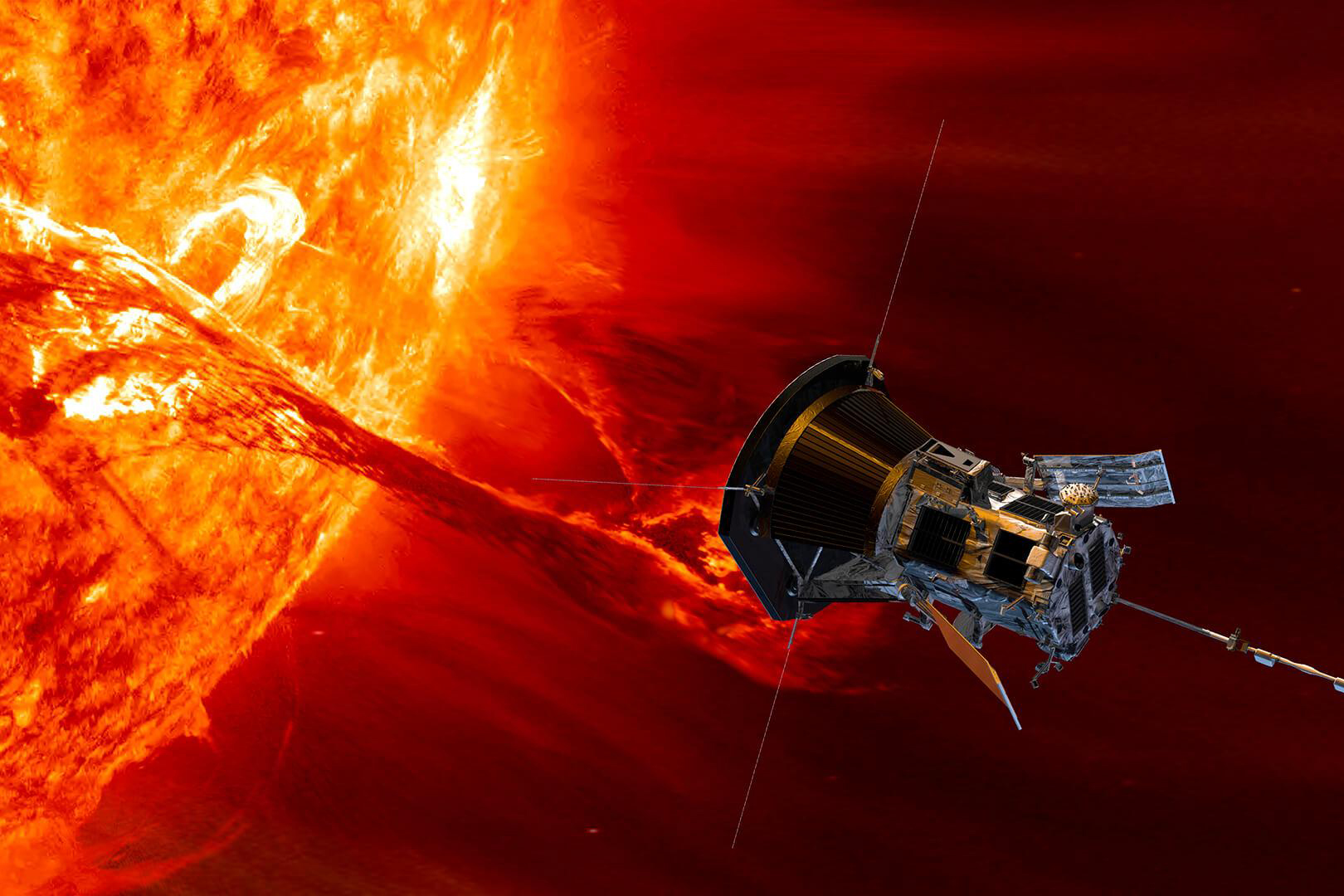
Parker Solar Probe Sun and Solar Wind
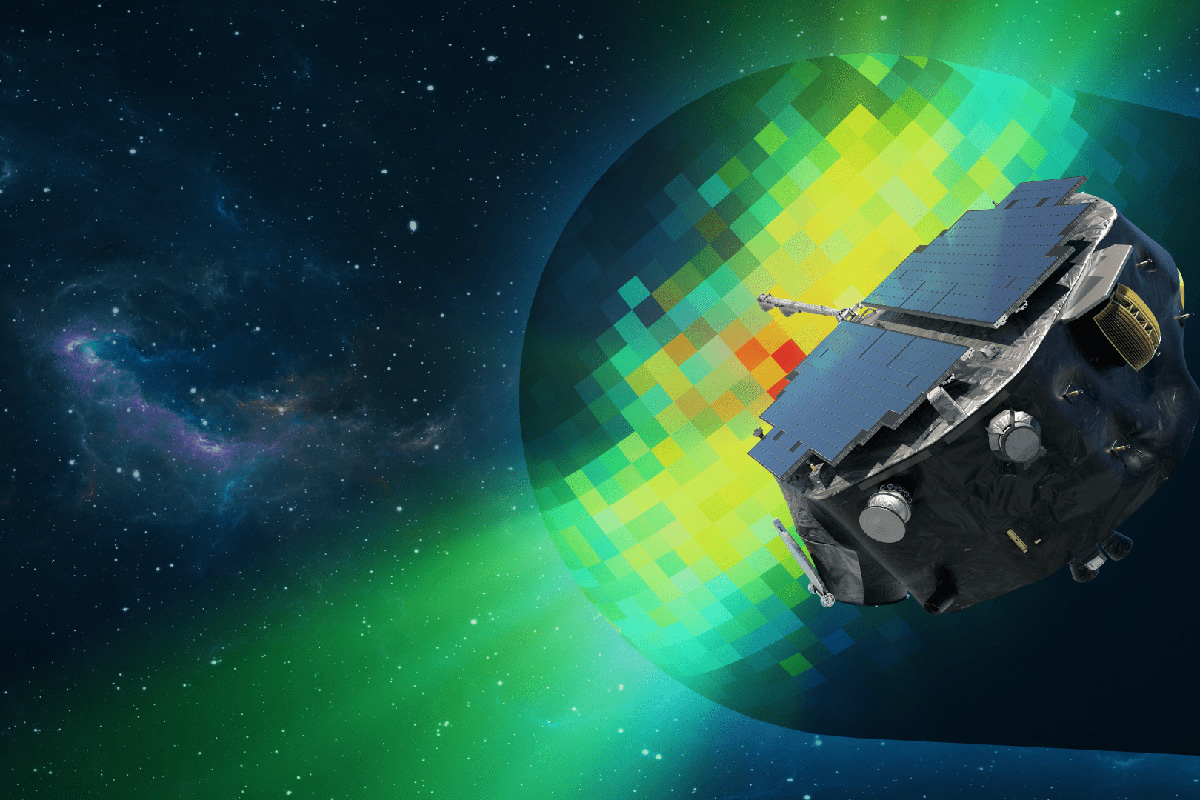
IMAP Interstellar Medium
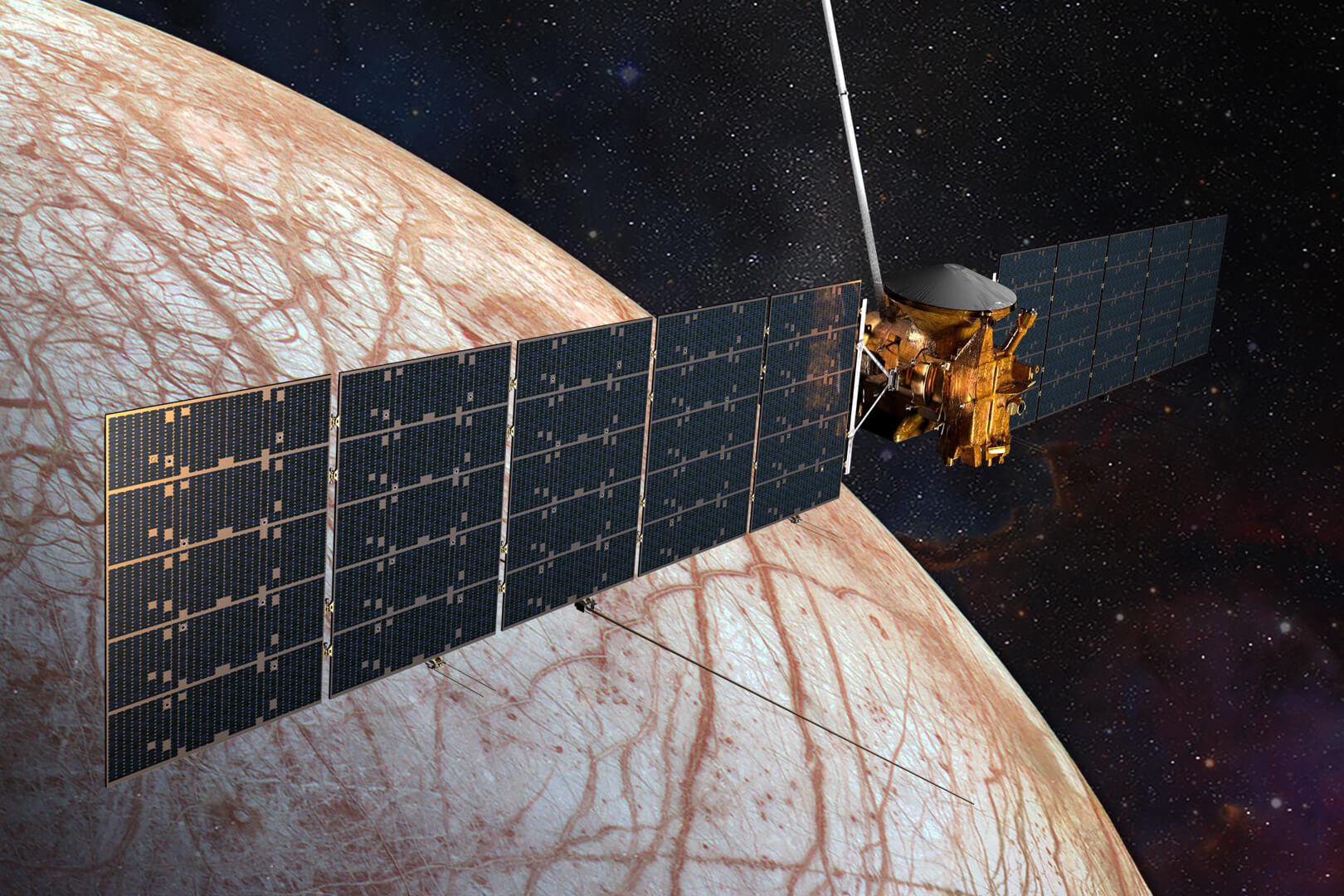
Europa Clipper Outer Moons
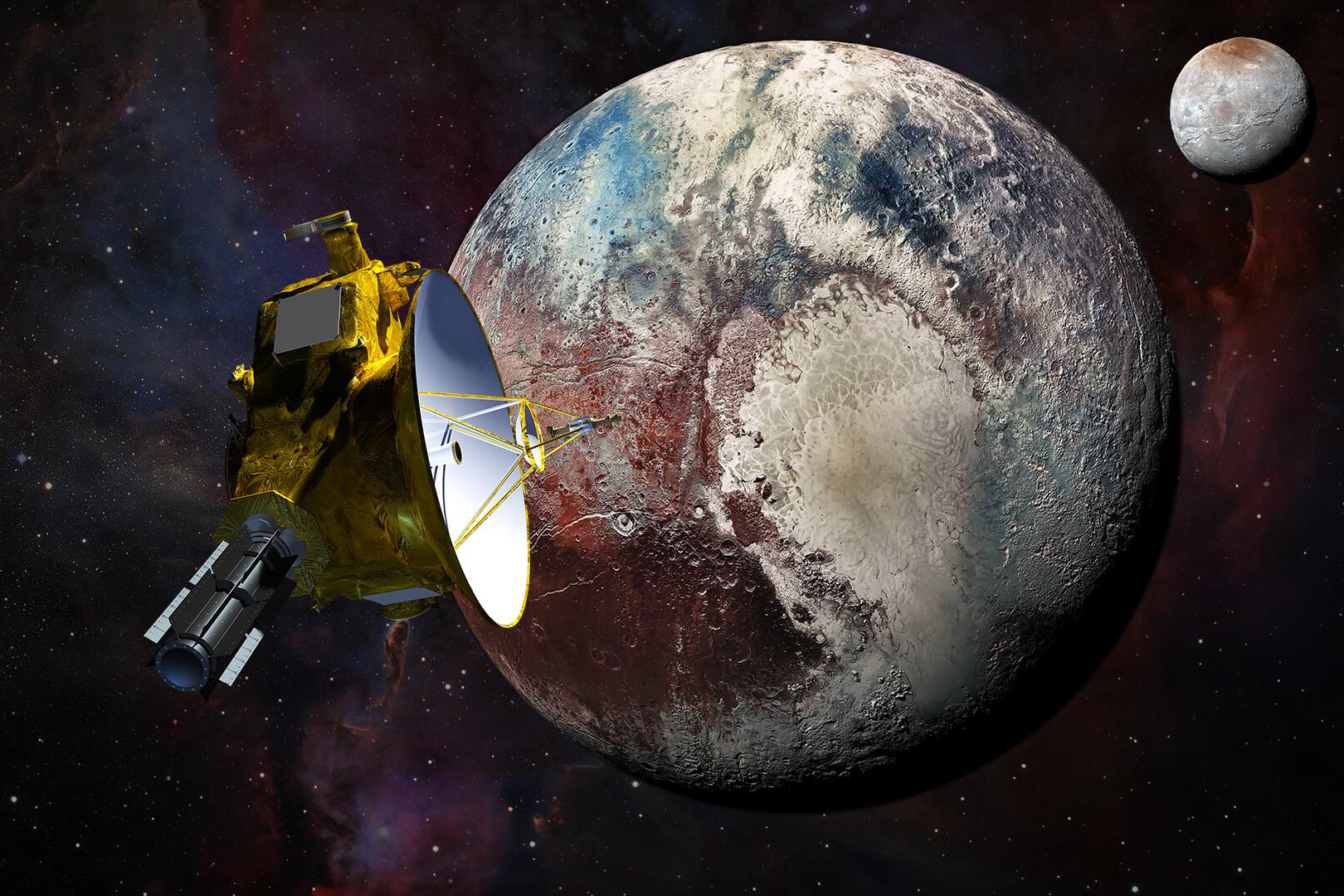
New Horizons Pluto, Kuiper Belt Objects, and Comets
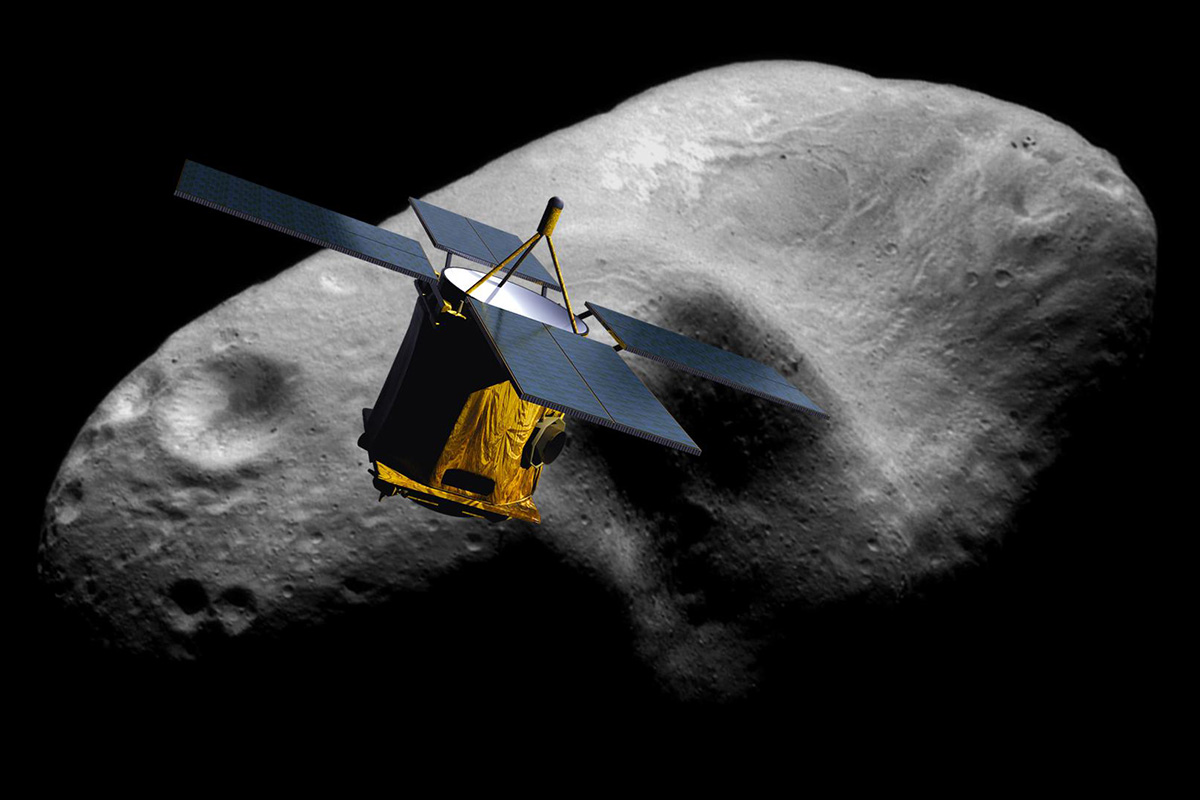
NEAR Asteroids
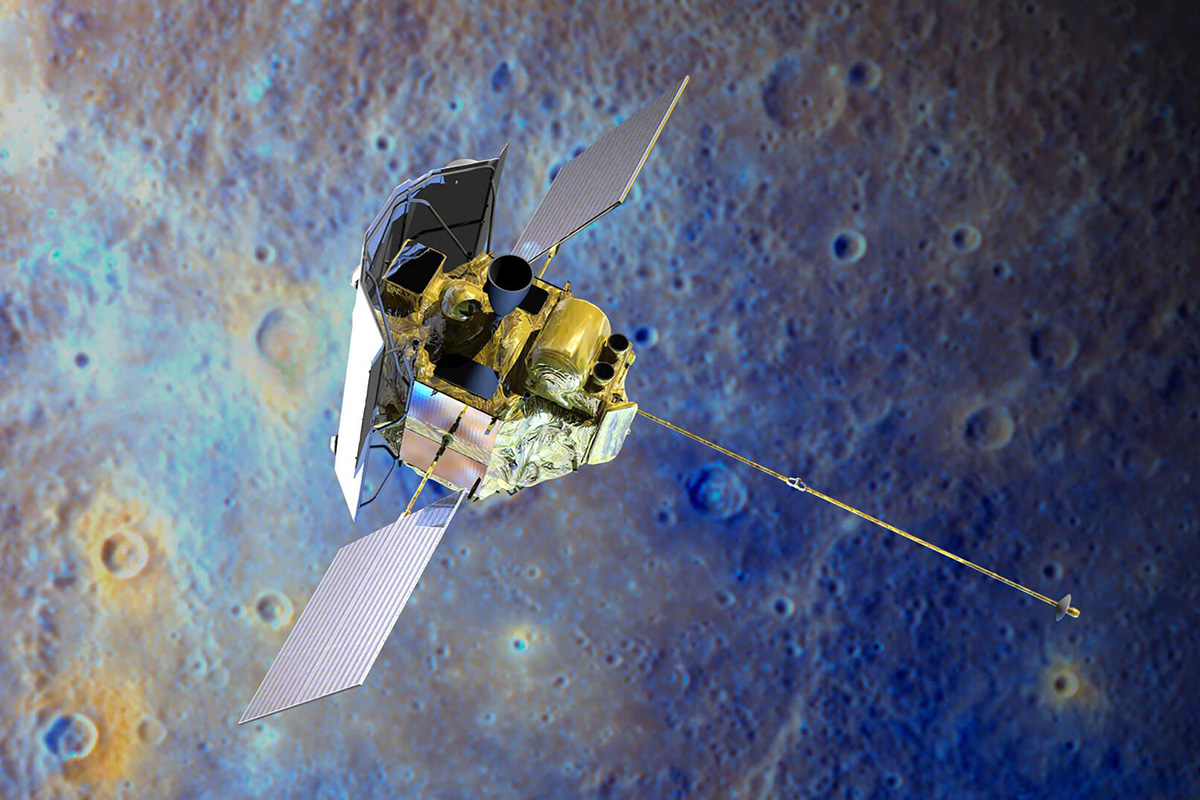
MESSENGER Terrestrial Planets
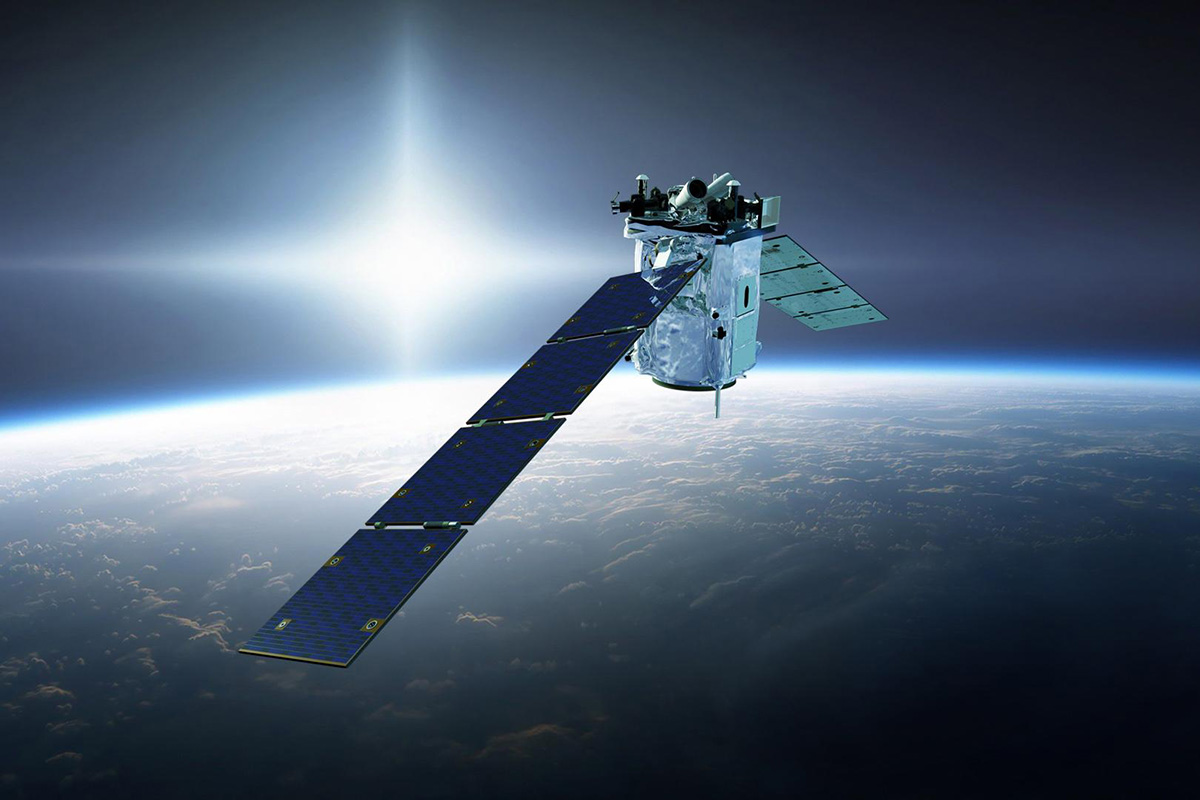
TIMED Earth
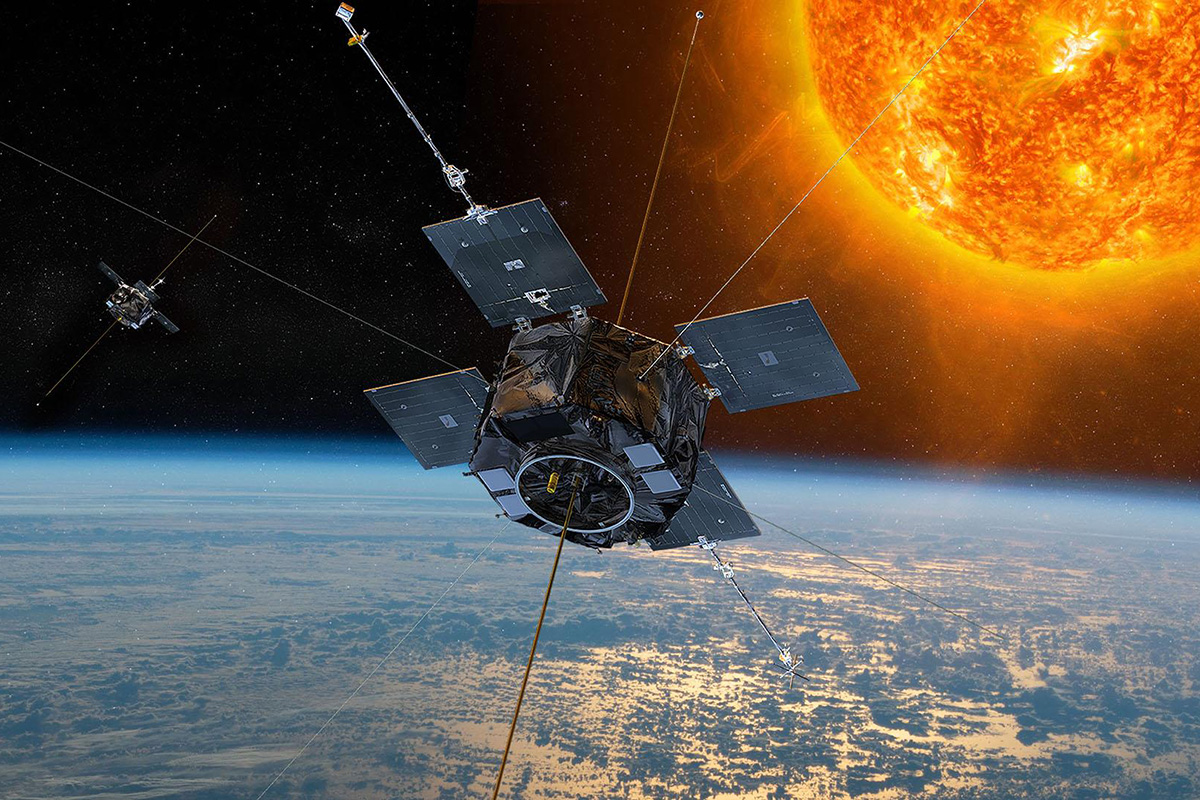
Van Allen Probes Earth
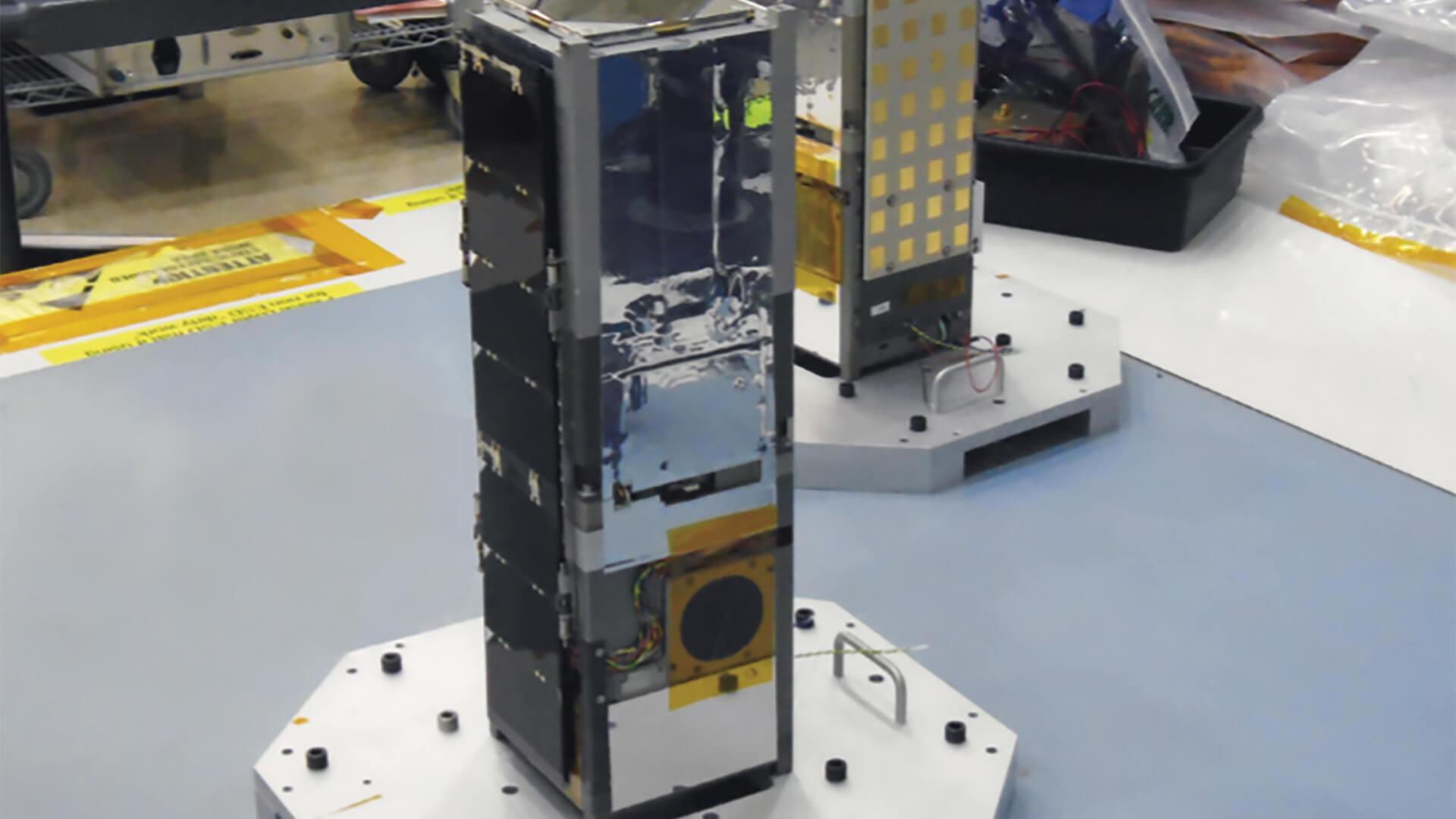
The CAT Experiment Earth
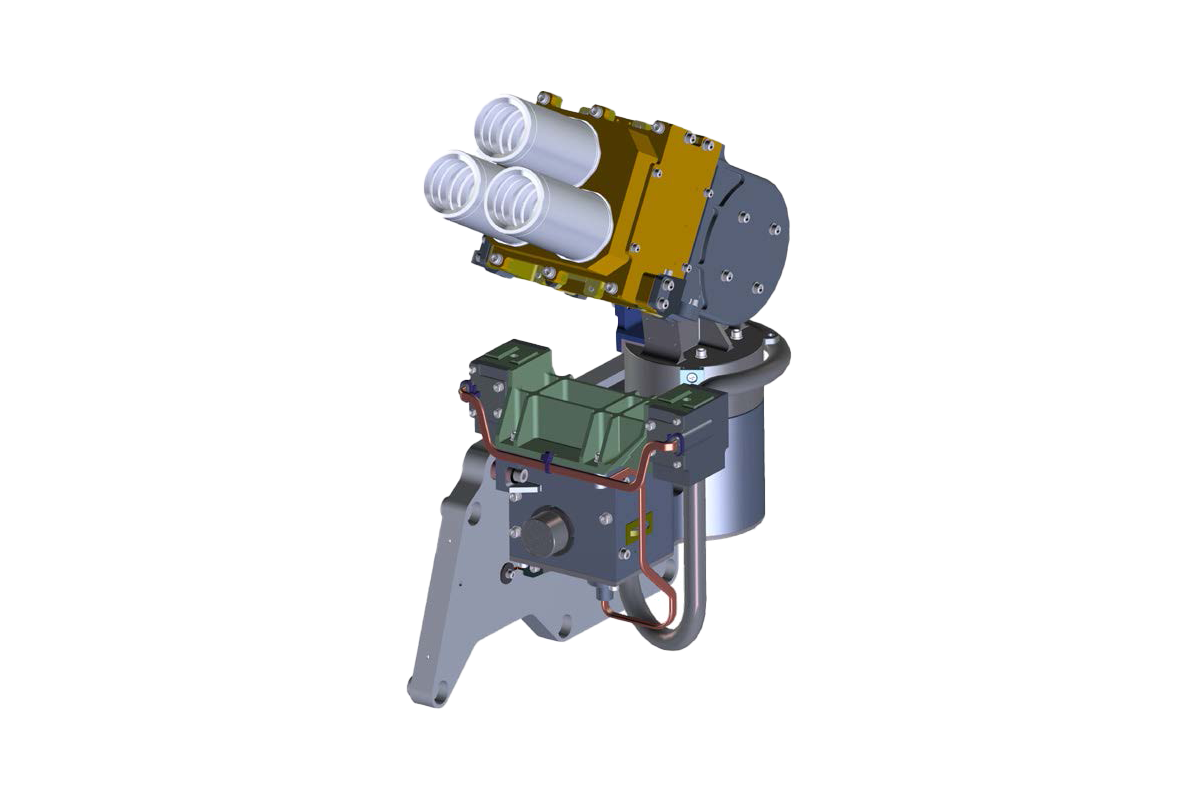
The SKA Experiment Earth
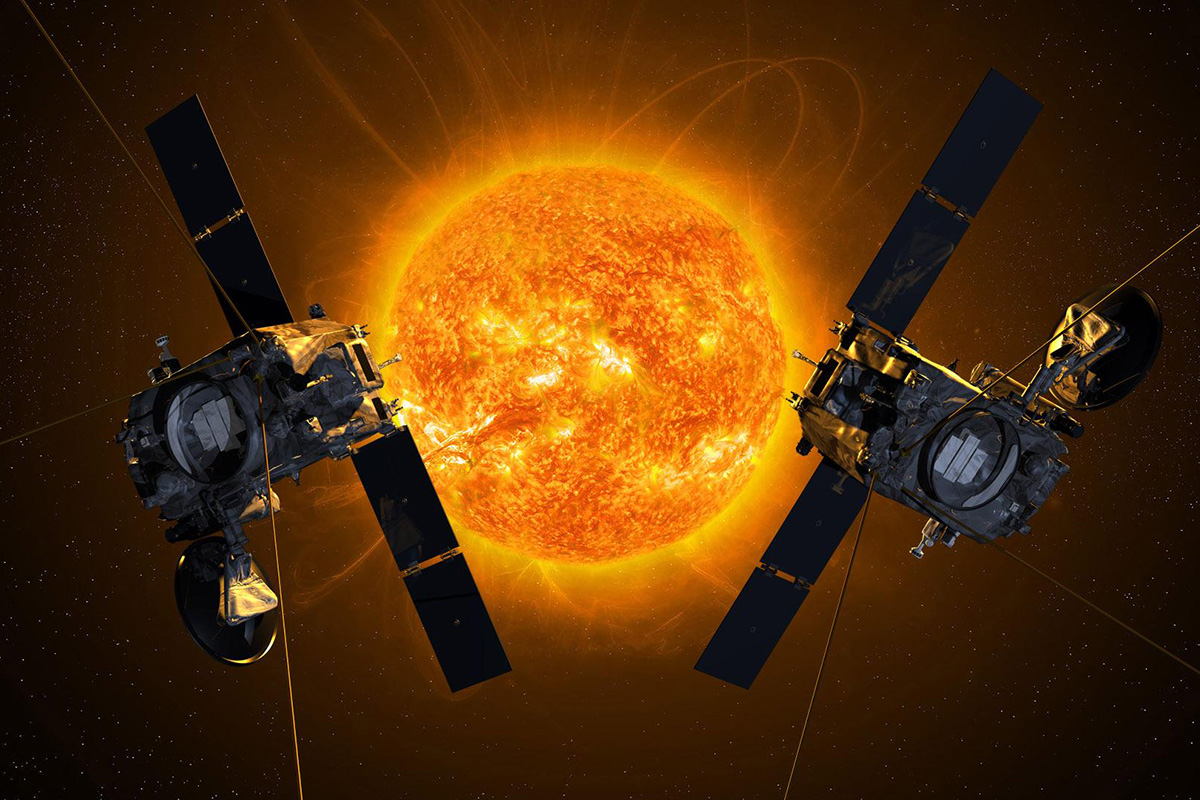
STEREO Sun and Solar Wind
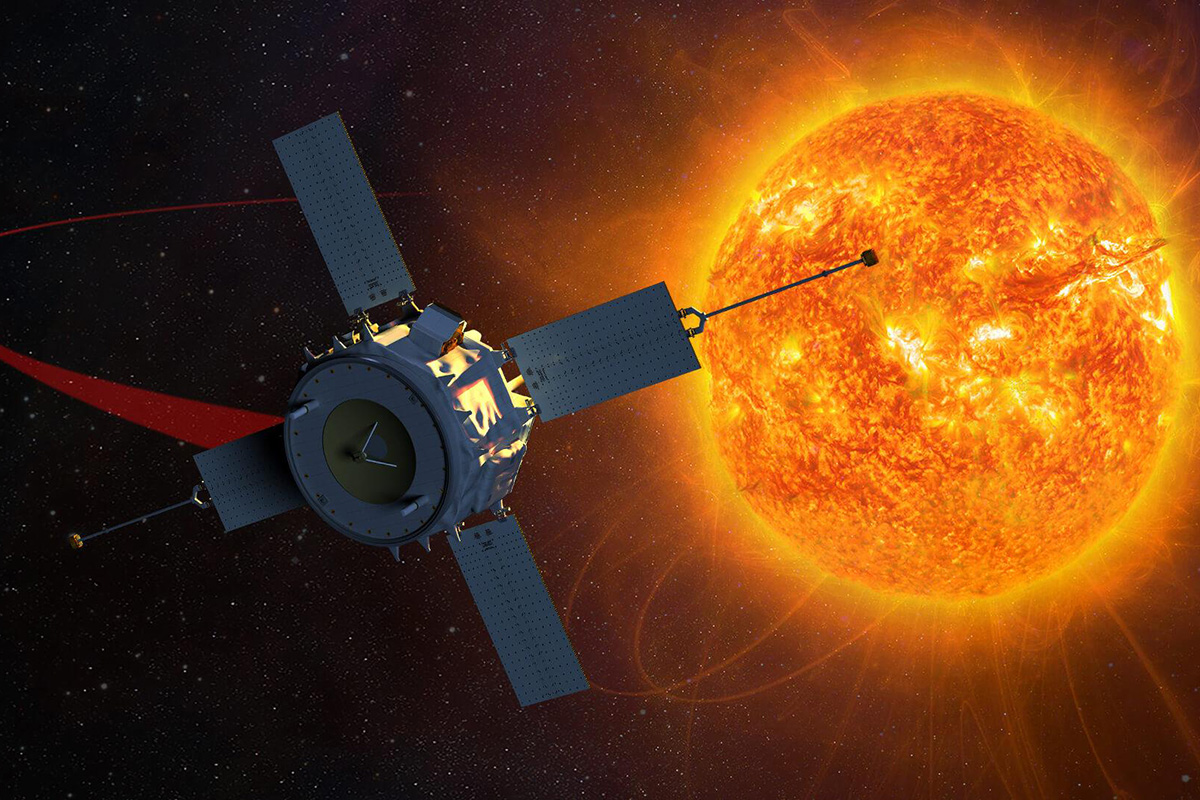
ACE Sun and Solar Wind
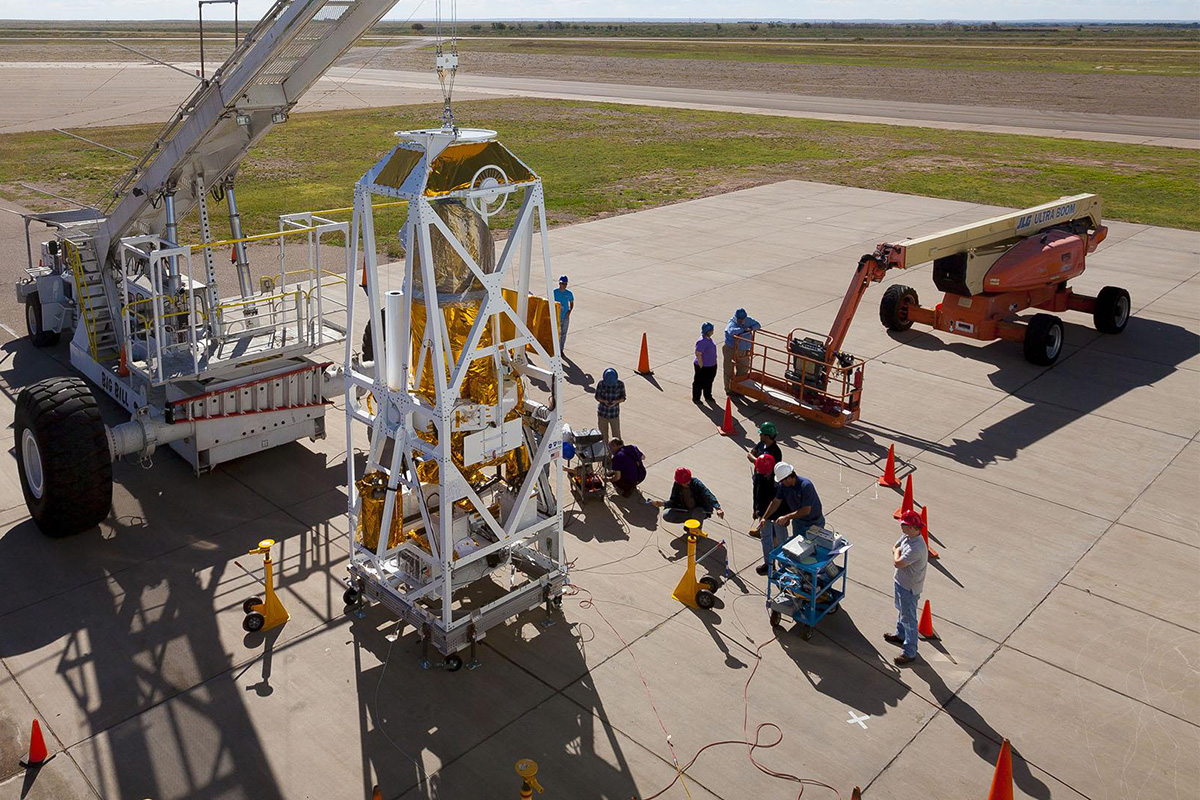
Balloon Programs Interstellar Medium
Instruments
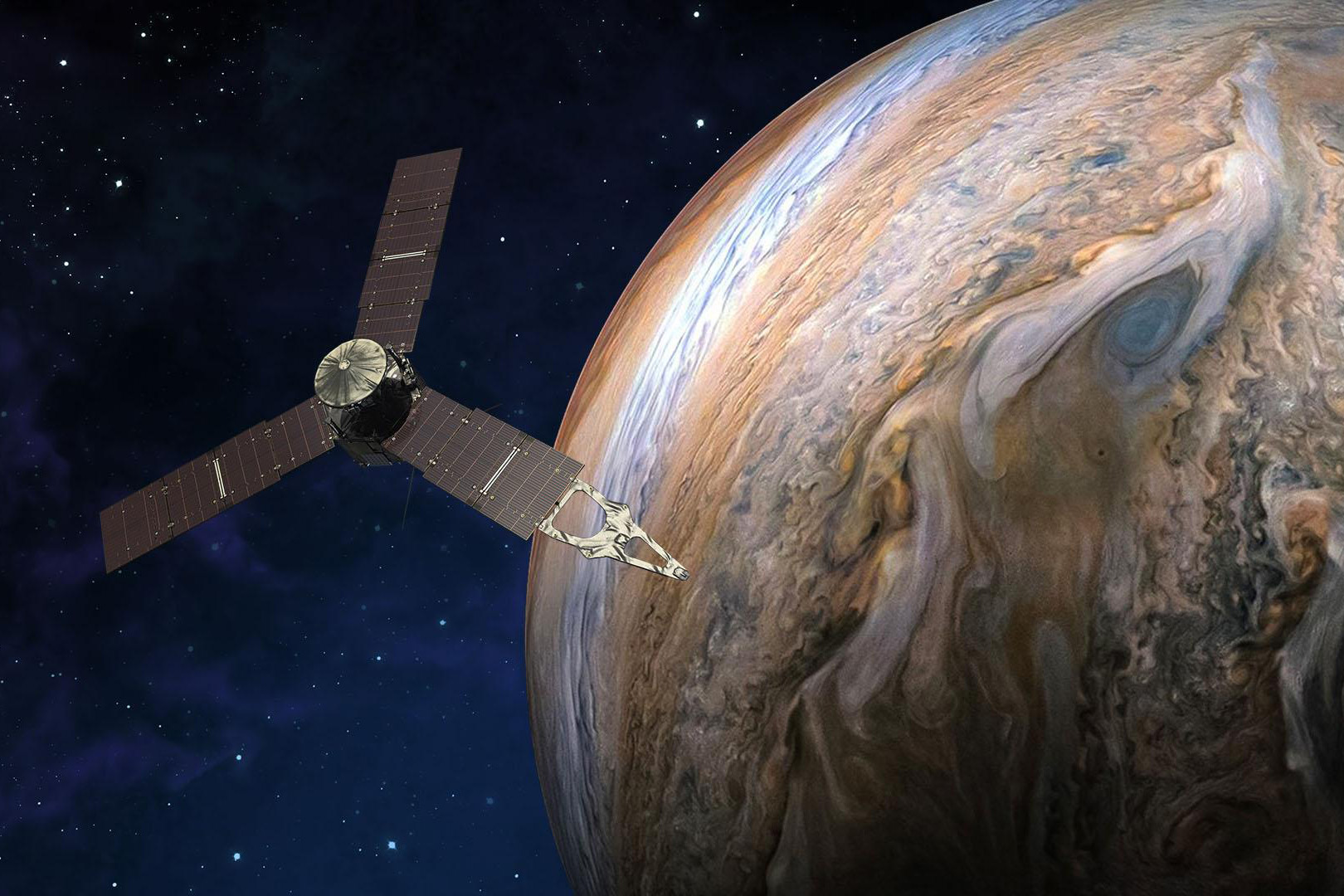
JEDI Giant Planets
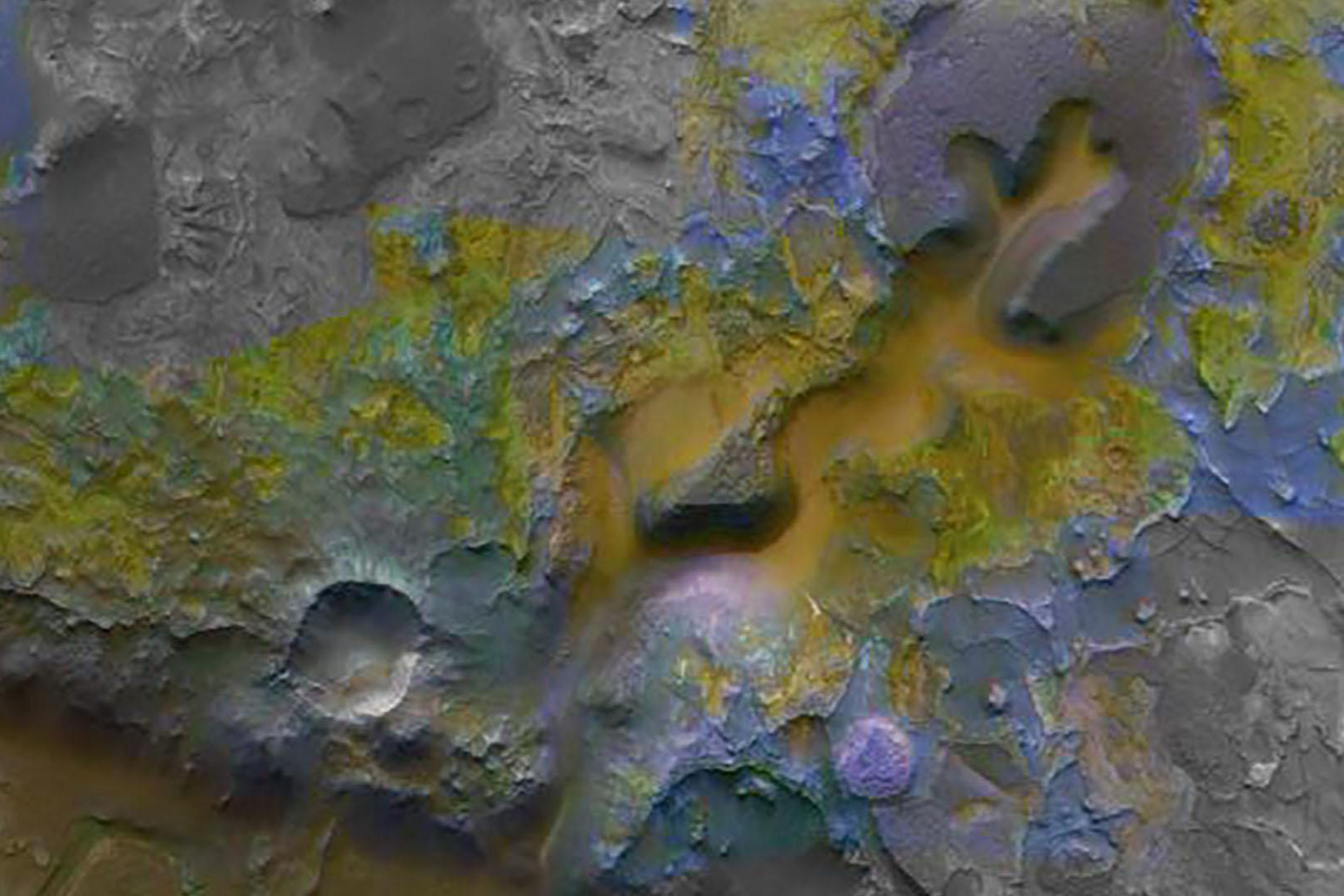
CRISM Terrestrial Planets
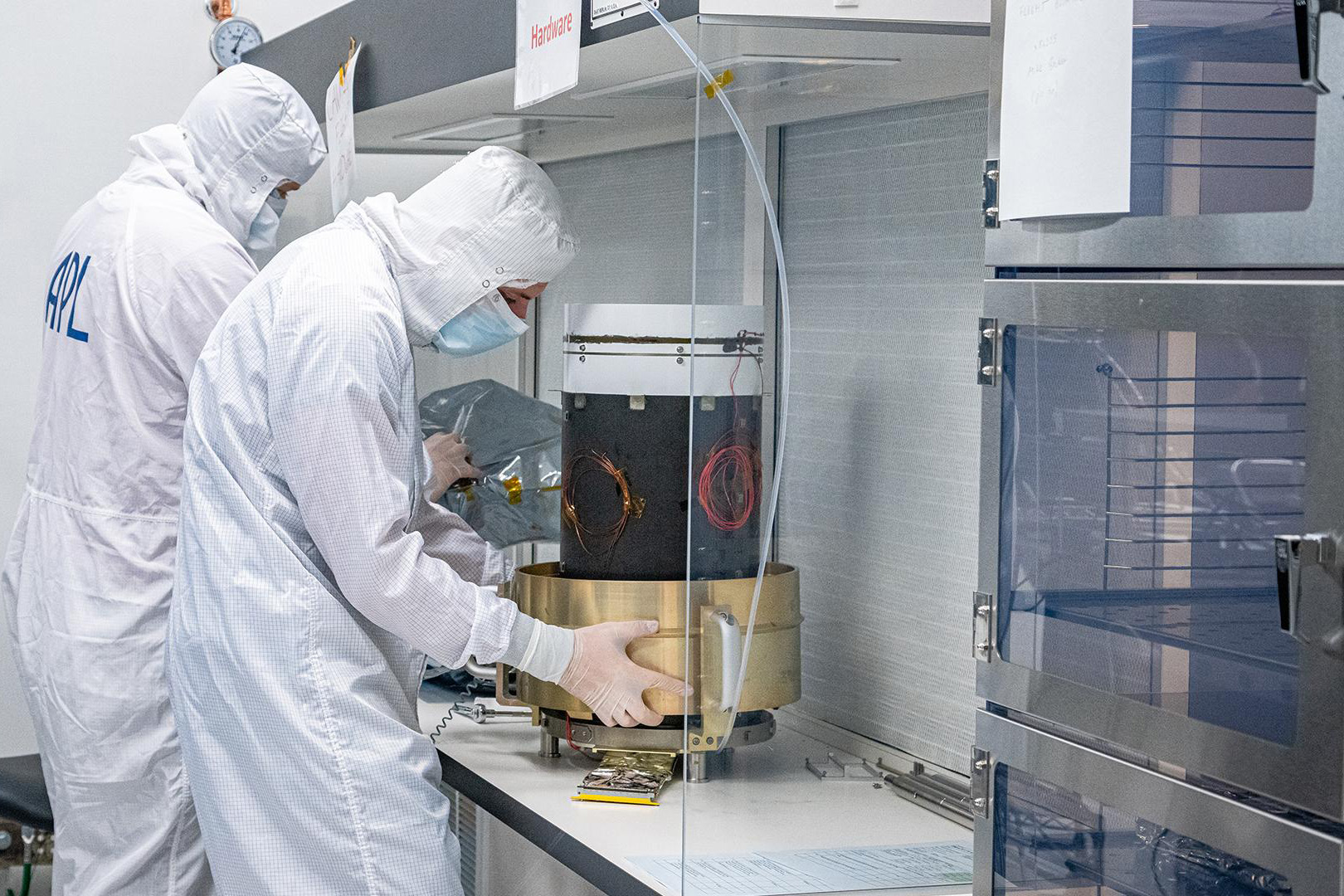
DRACO Asteroids
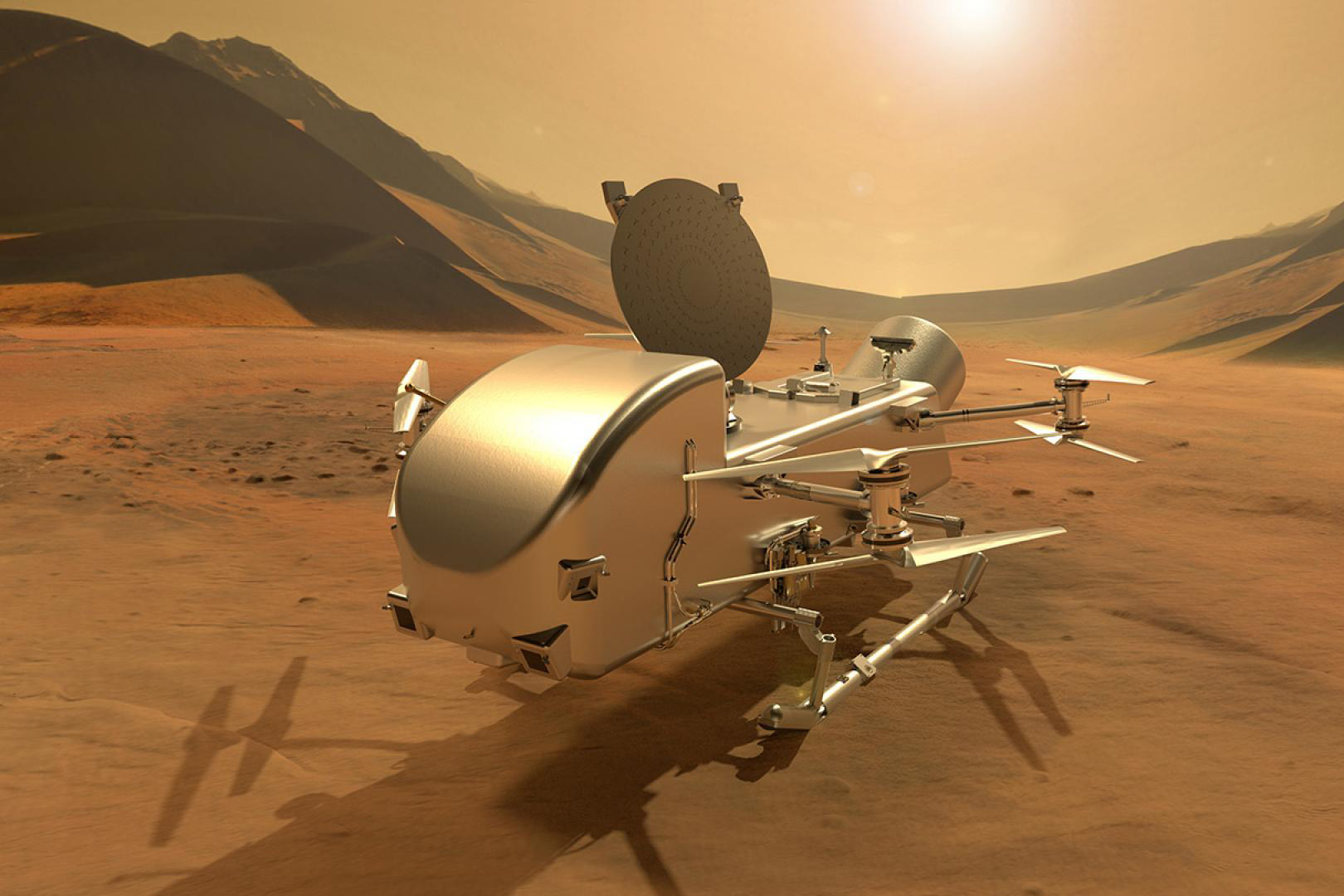
DraGMet Outer Moons

DraGNS Outer Moons
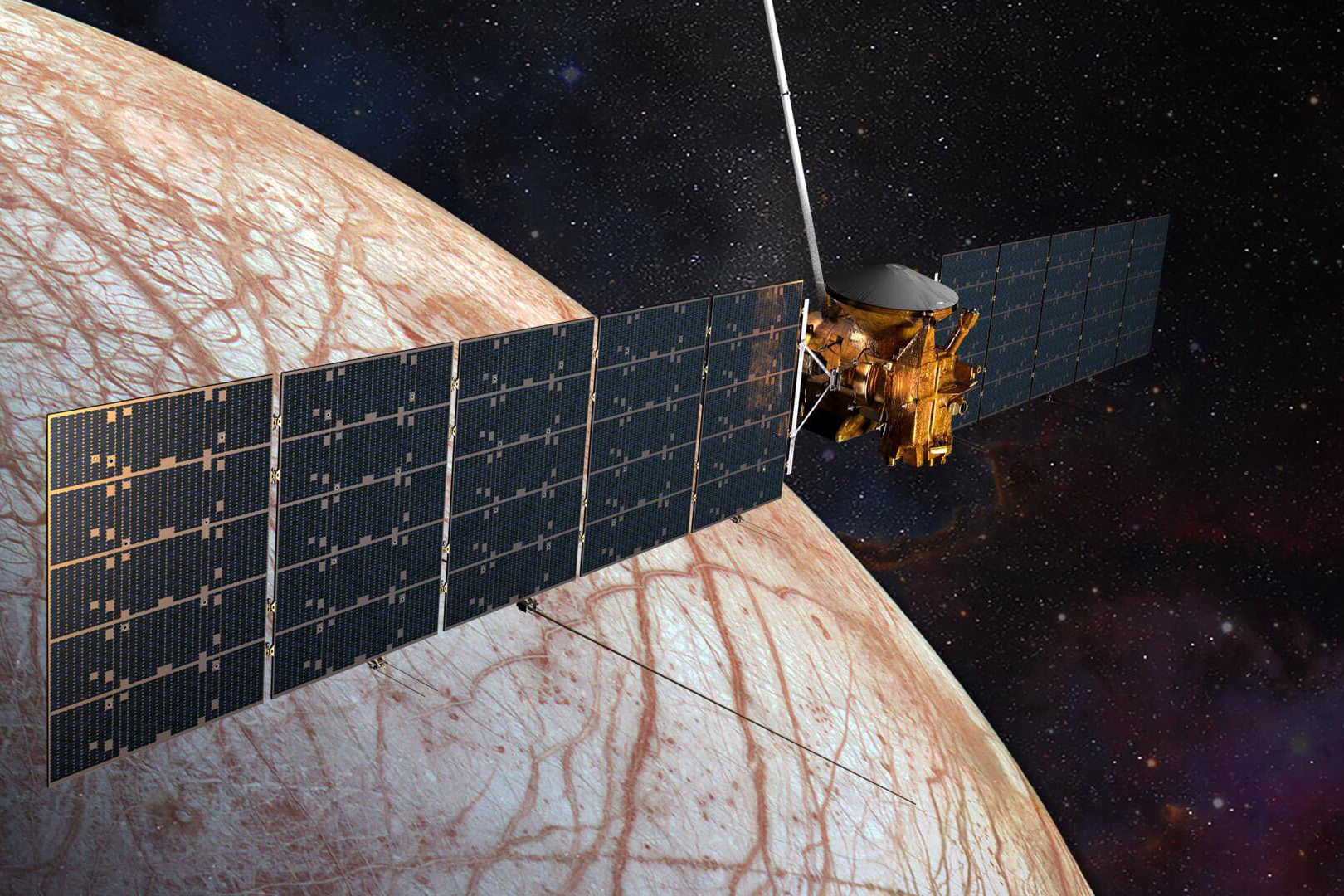
EIS Outer Moons
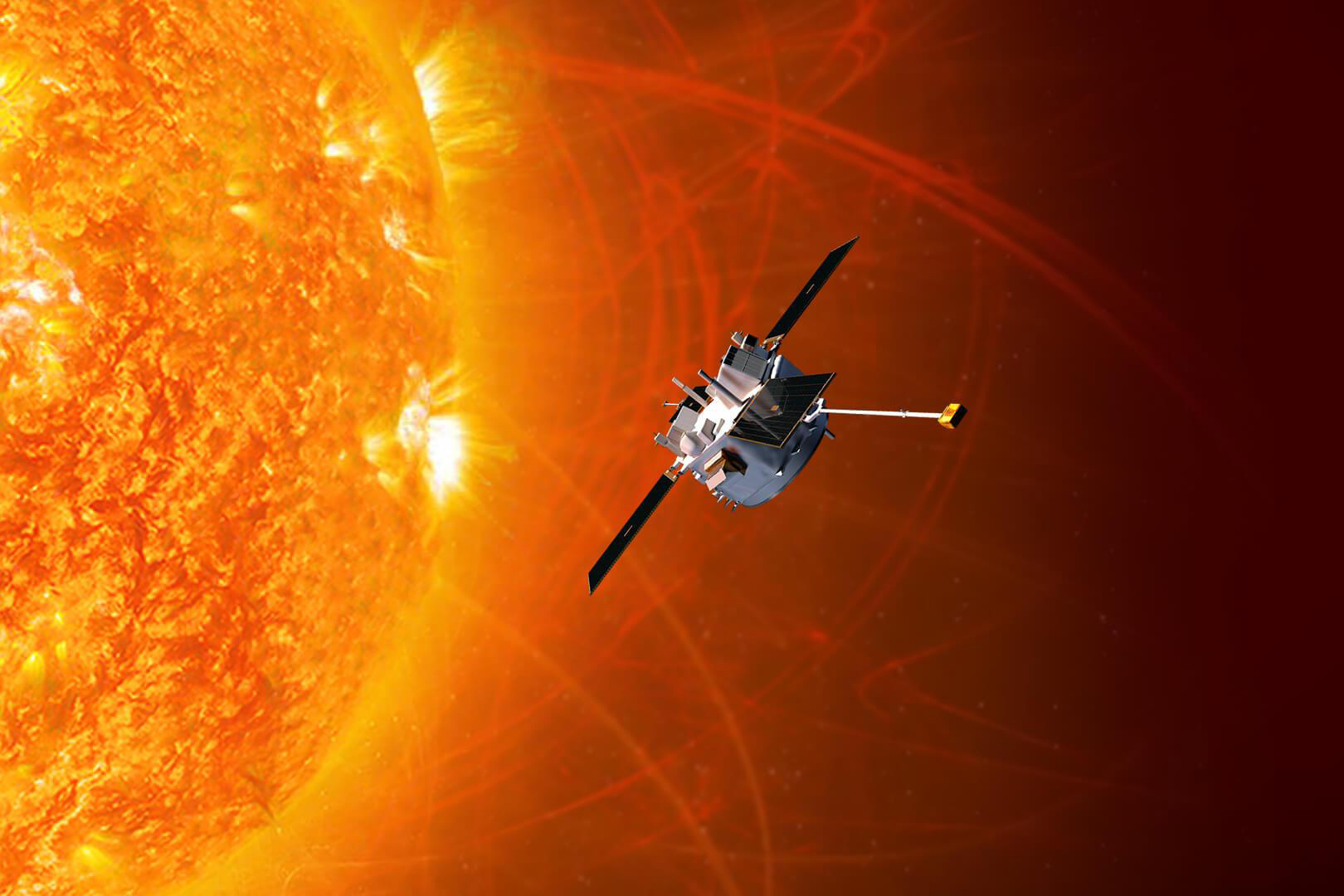
EPAM Sun and Solar Wind
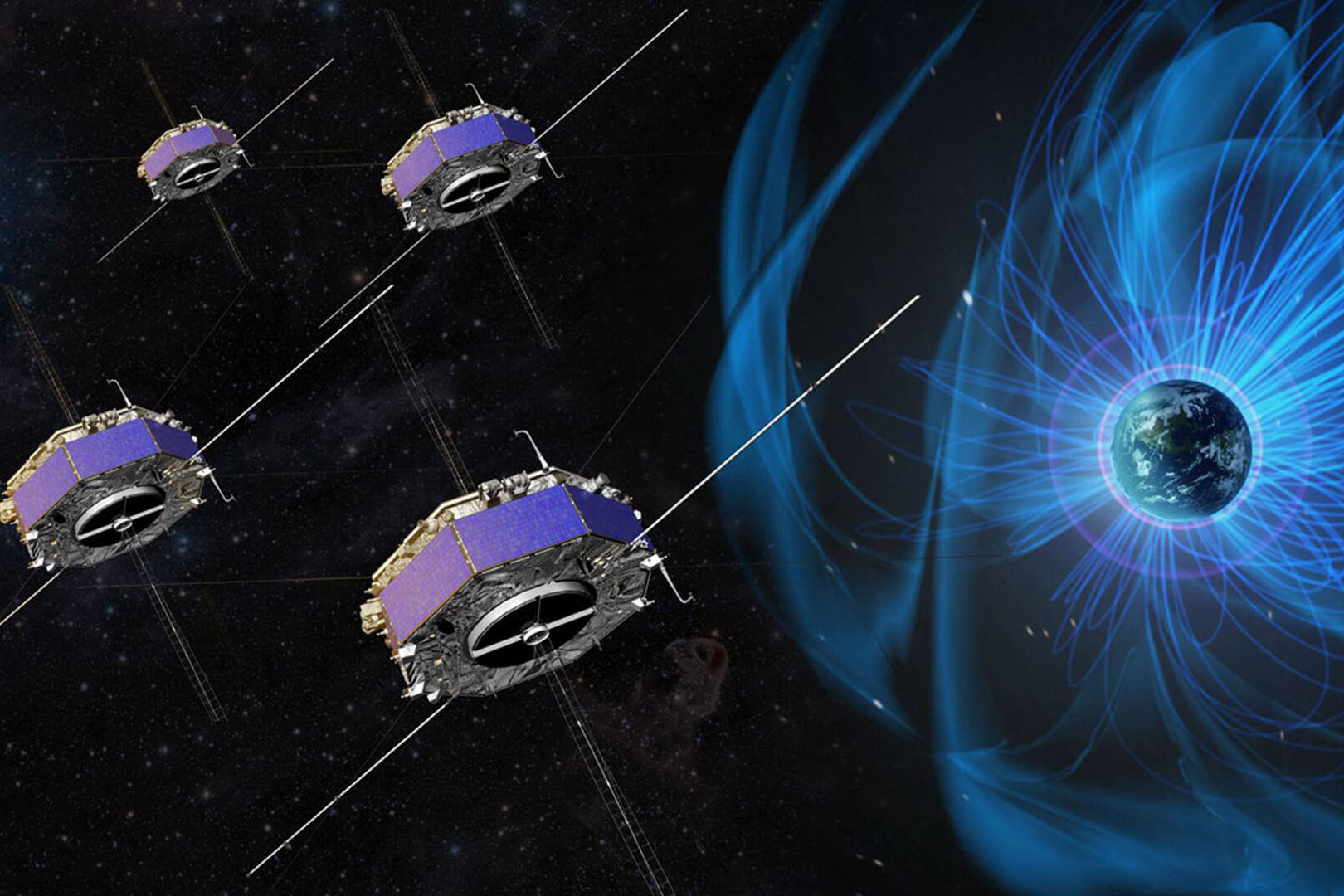
EPD-EIS Earth
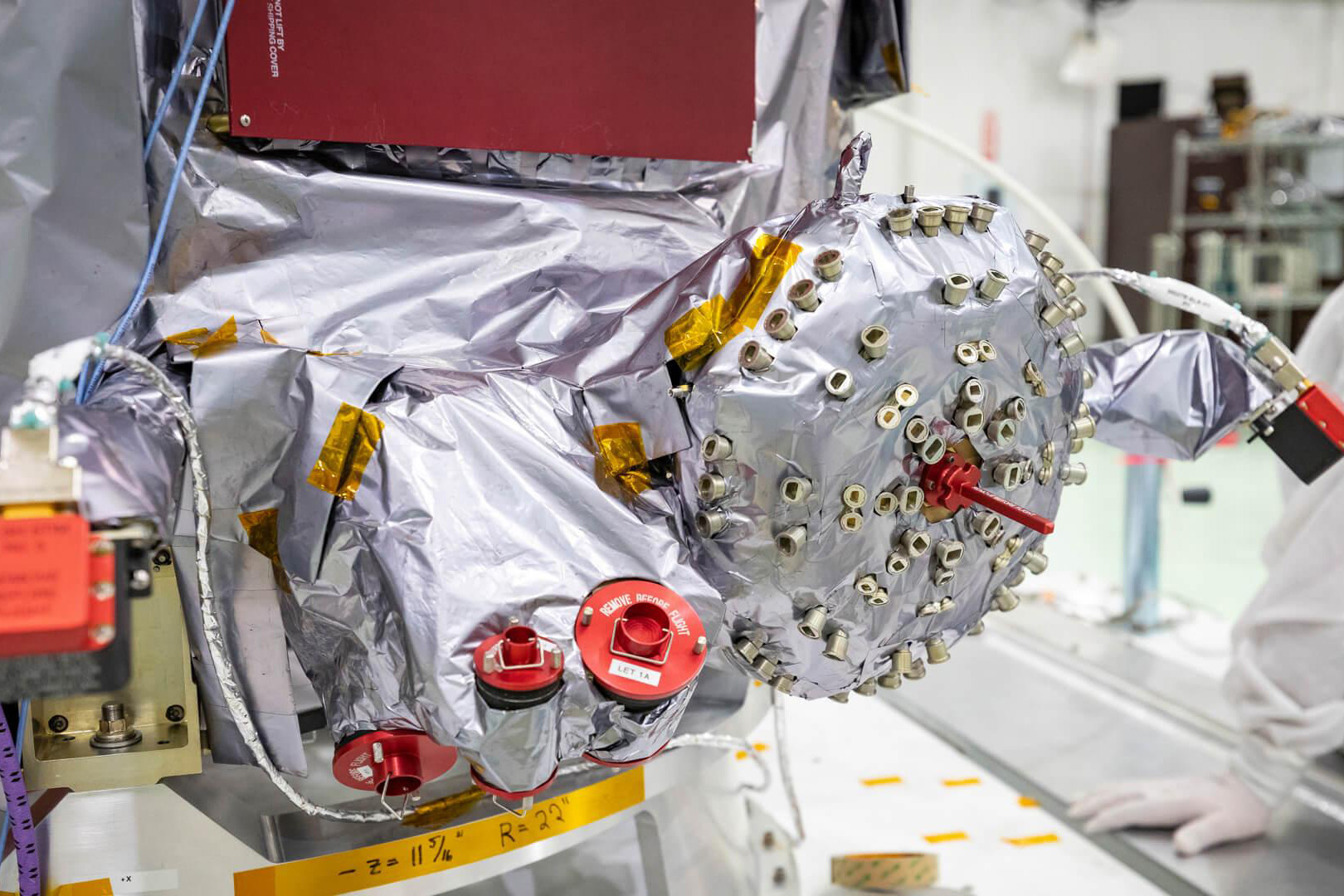
EPI-Lo Sun and Solar Wind

GUVI Earth
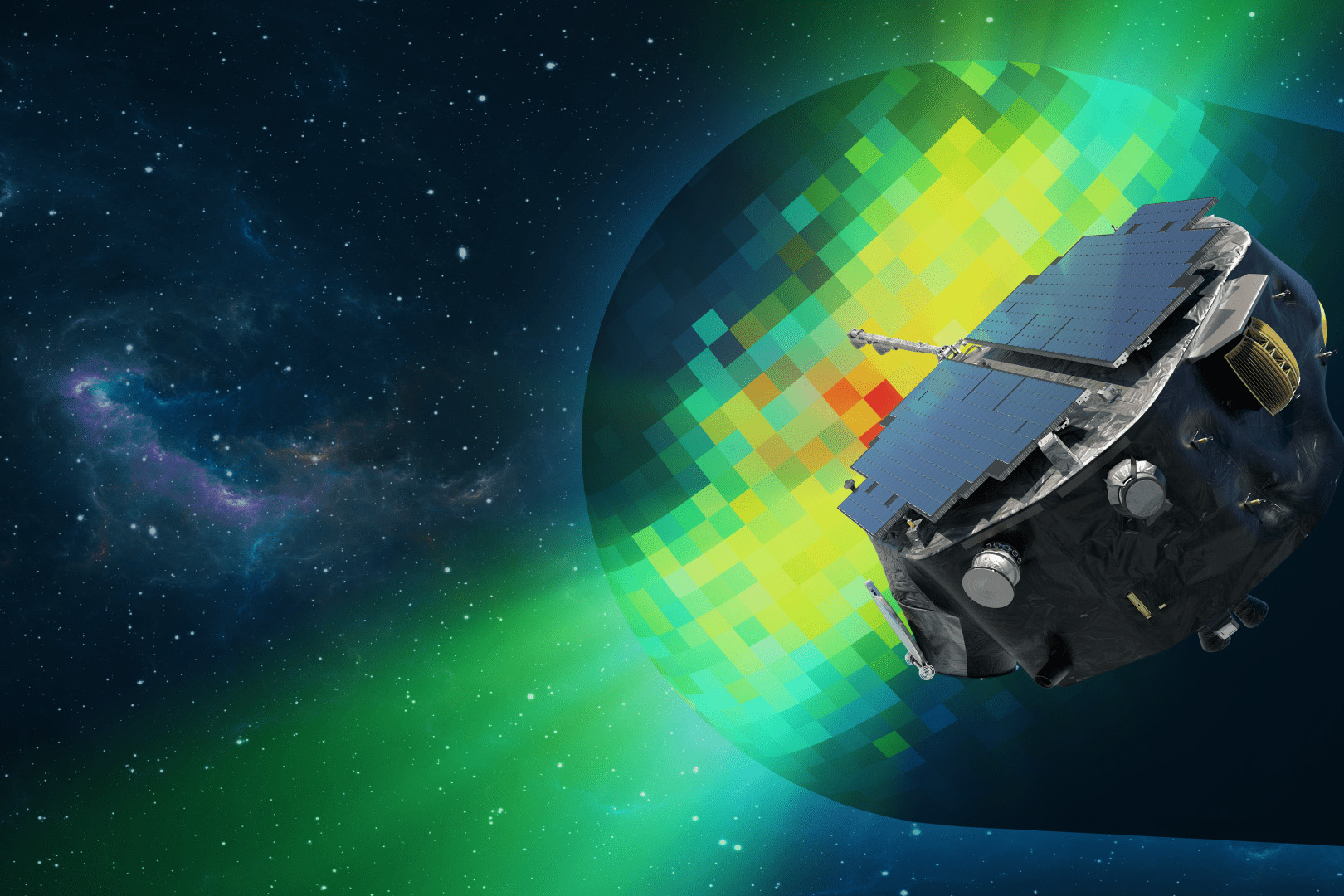
IMAP-Ultra Interstellar Medium
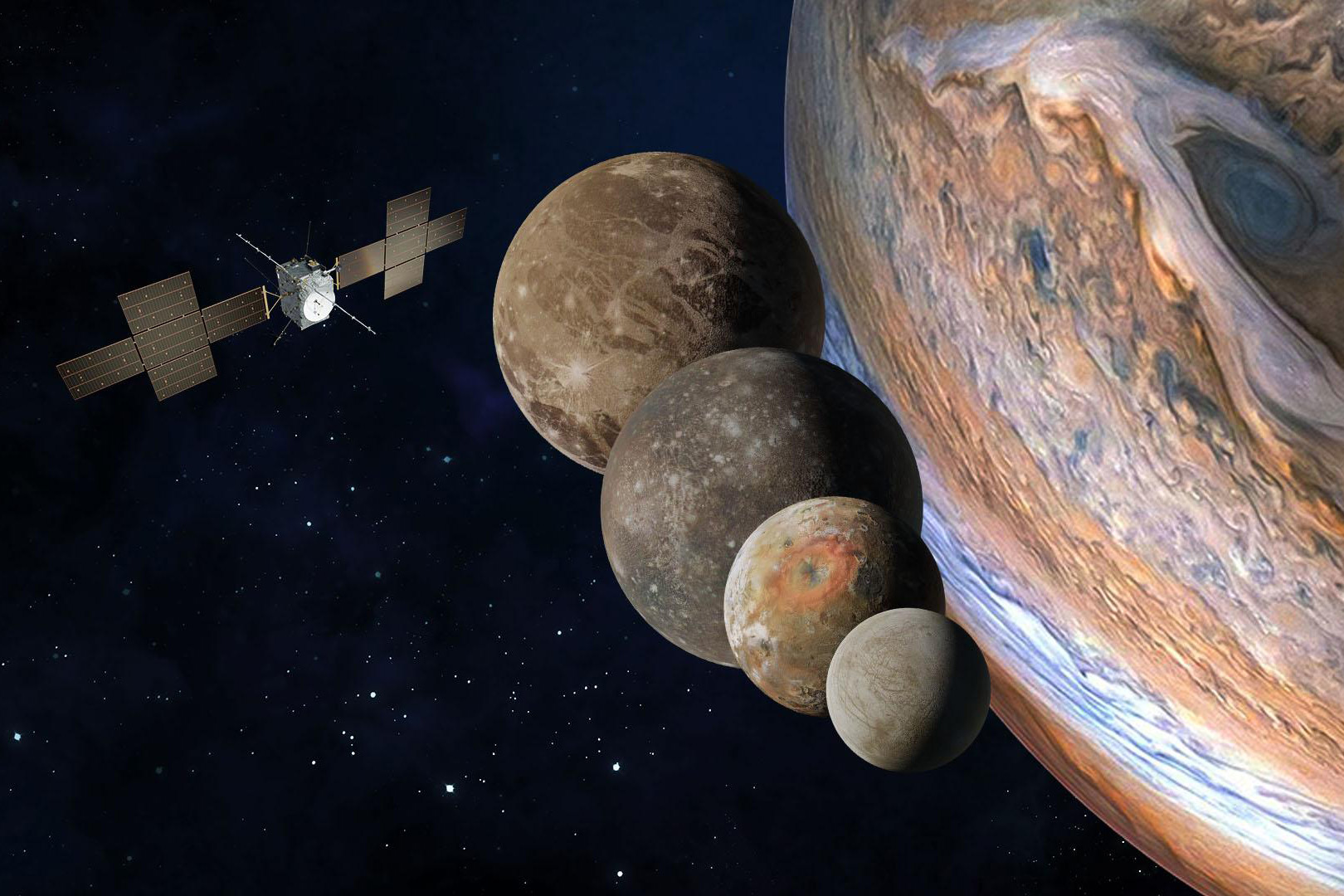
JoEE/JENI Outer Moons
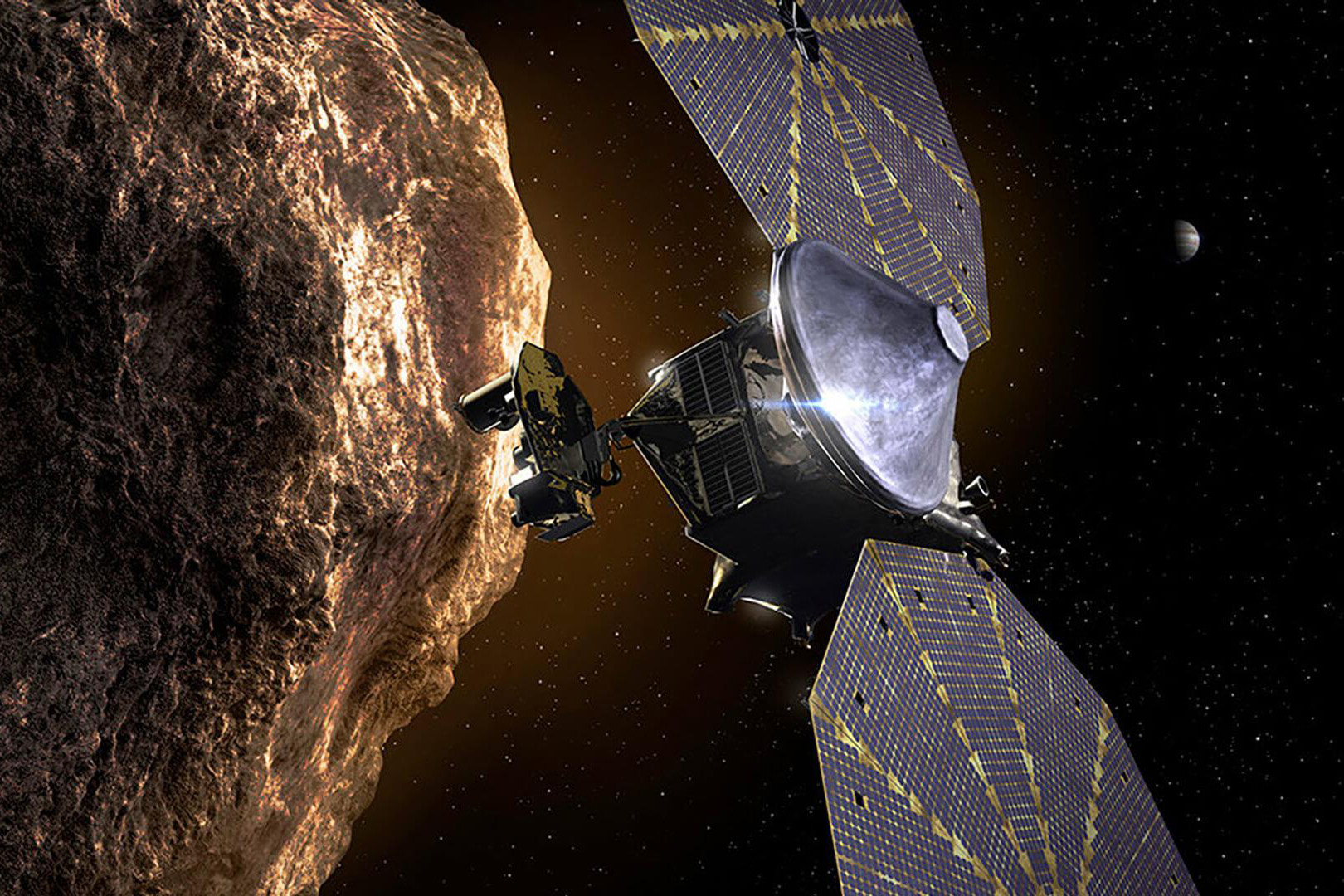
L’LORRI Asteroids
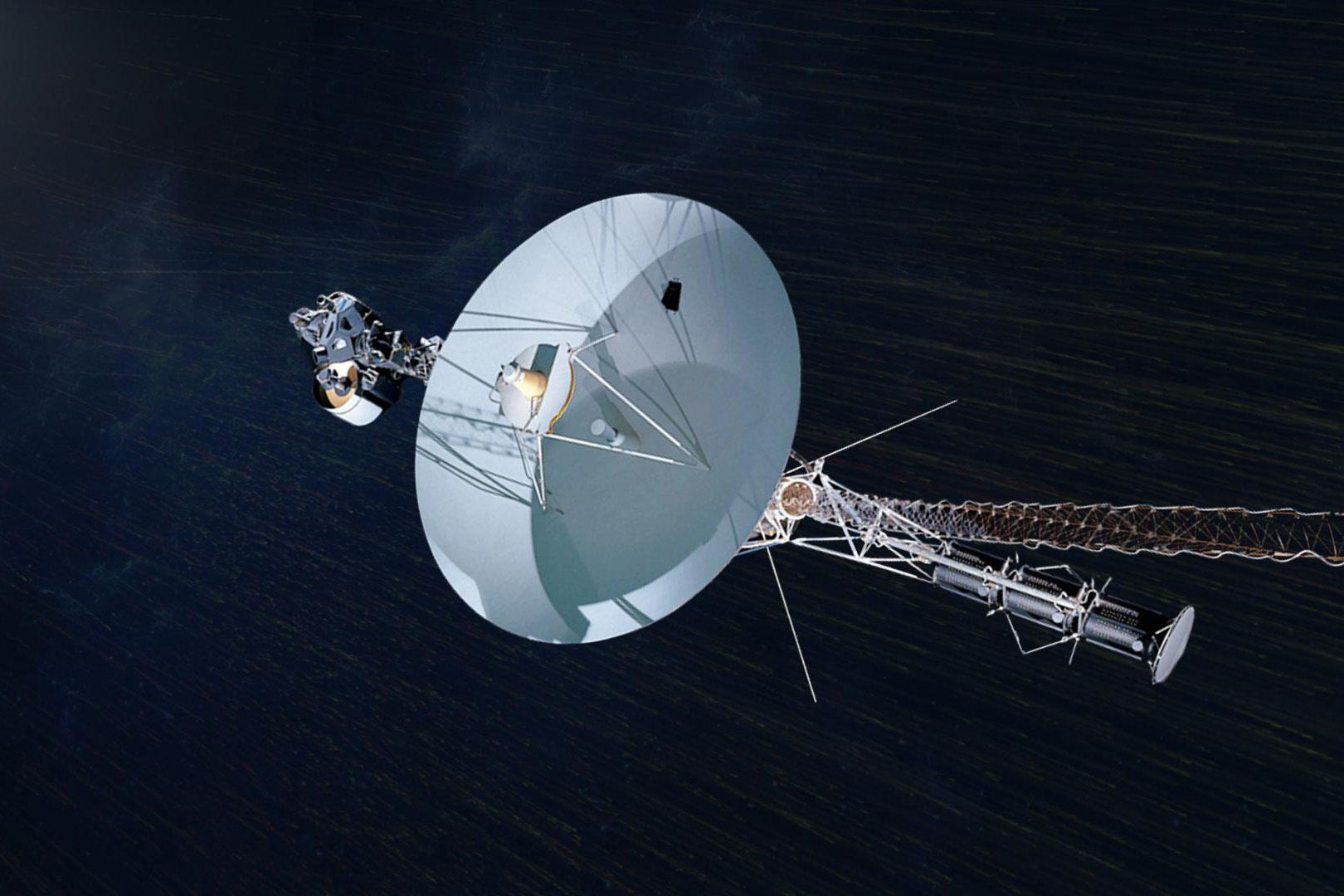
LECP Sun and Solar Wind
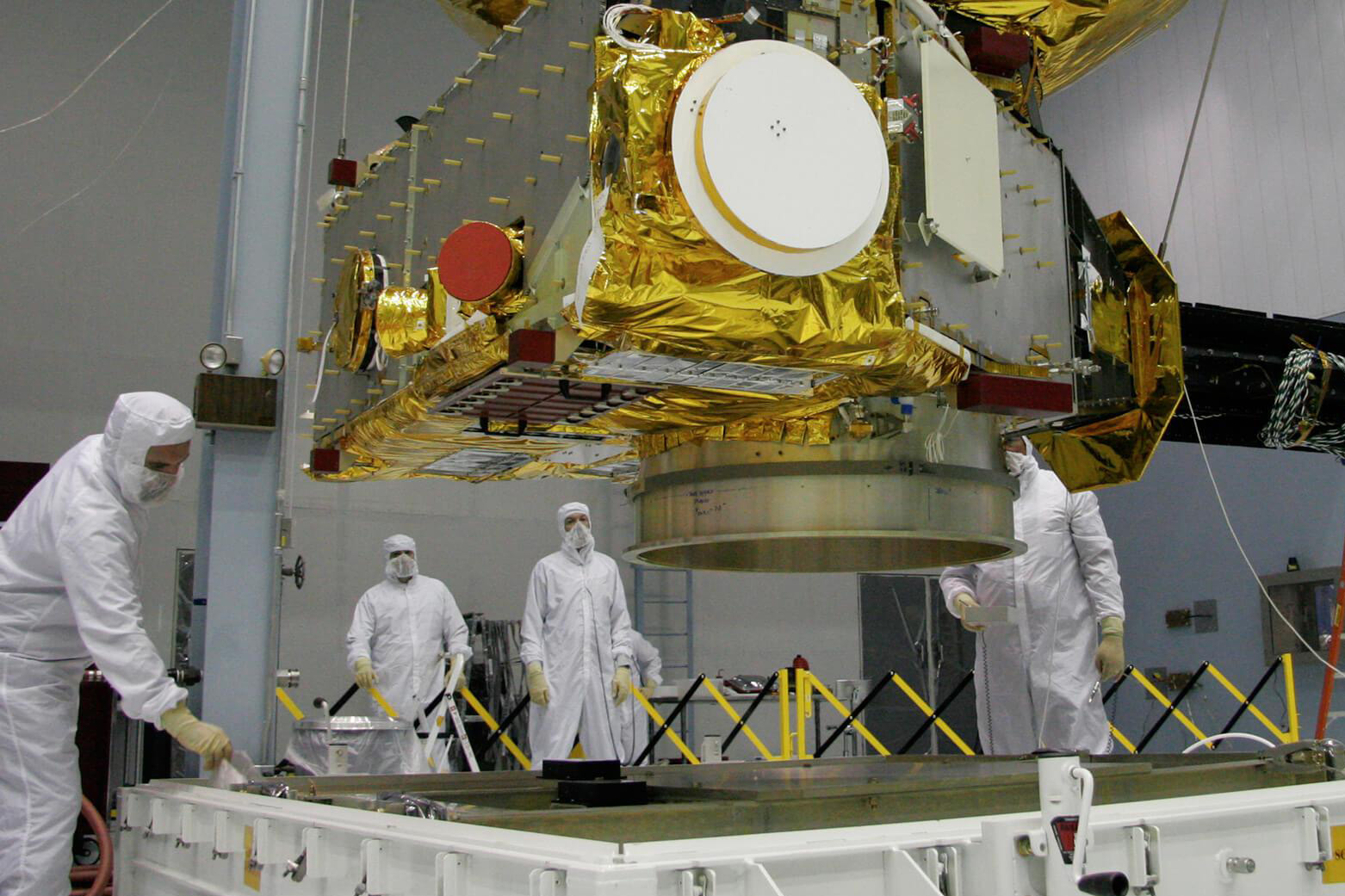
LORRI Pluto, Kuiper Belt Objects, and Comets
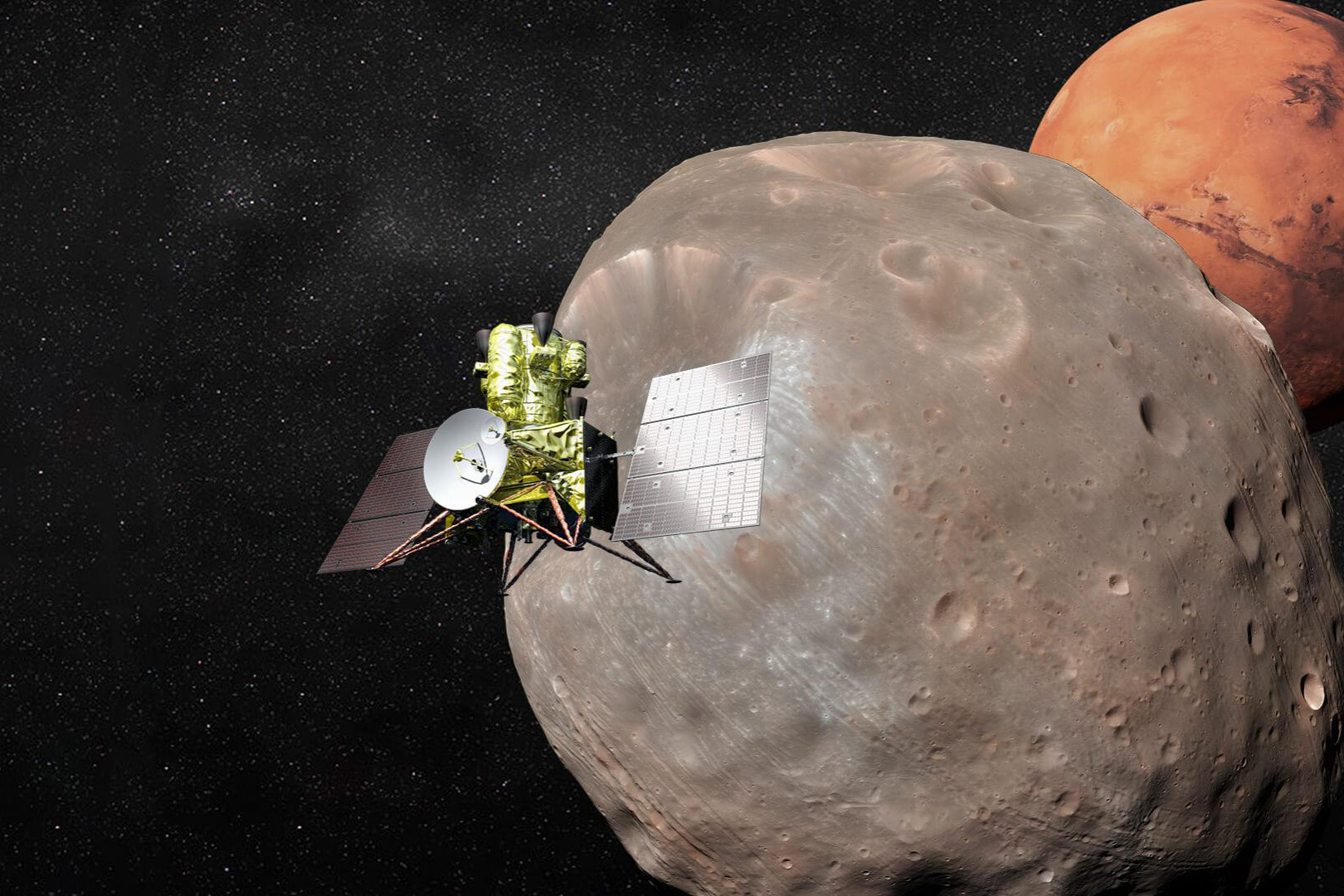
MEGANE Terrestrial Planets
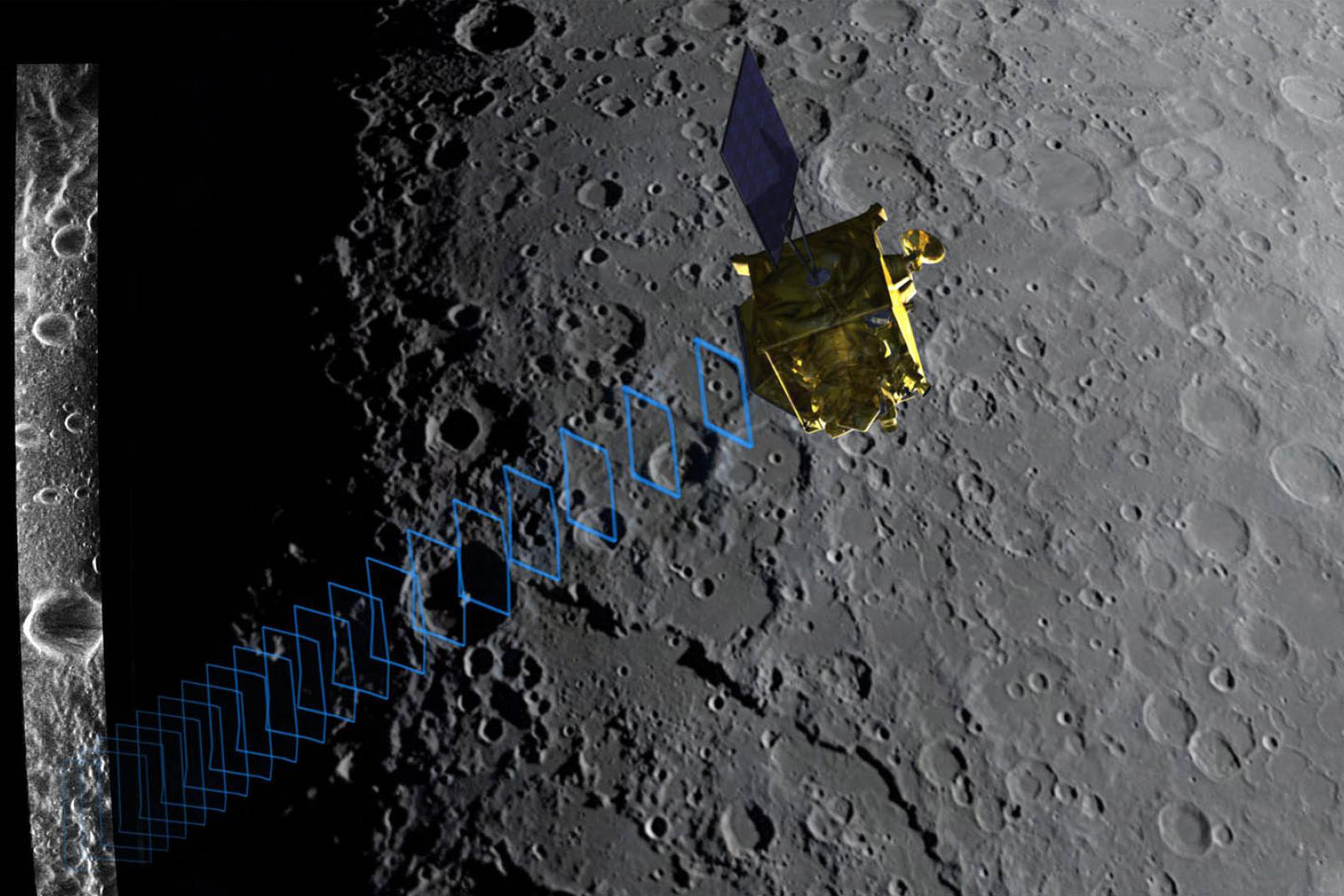
Mini-RF Moon

MISE Outer Moons
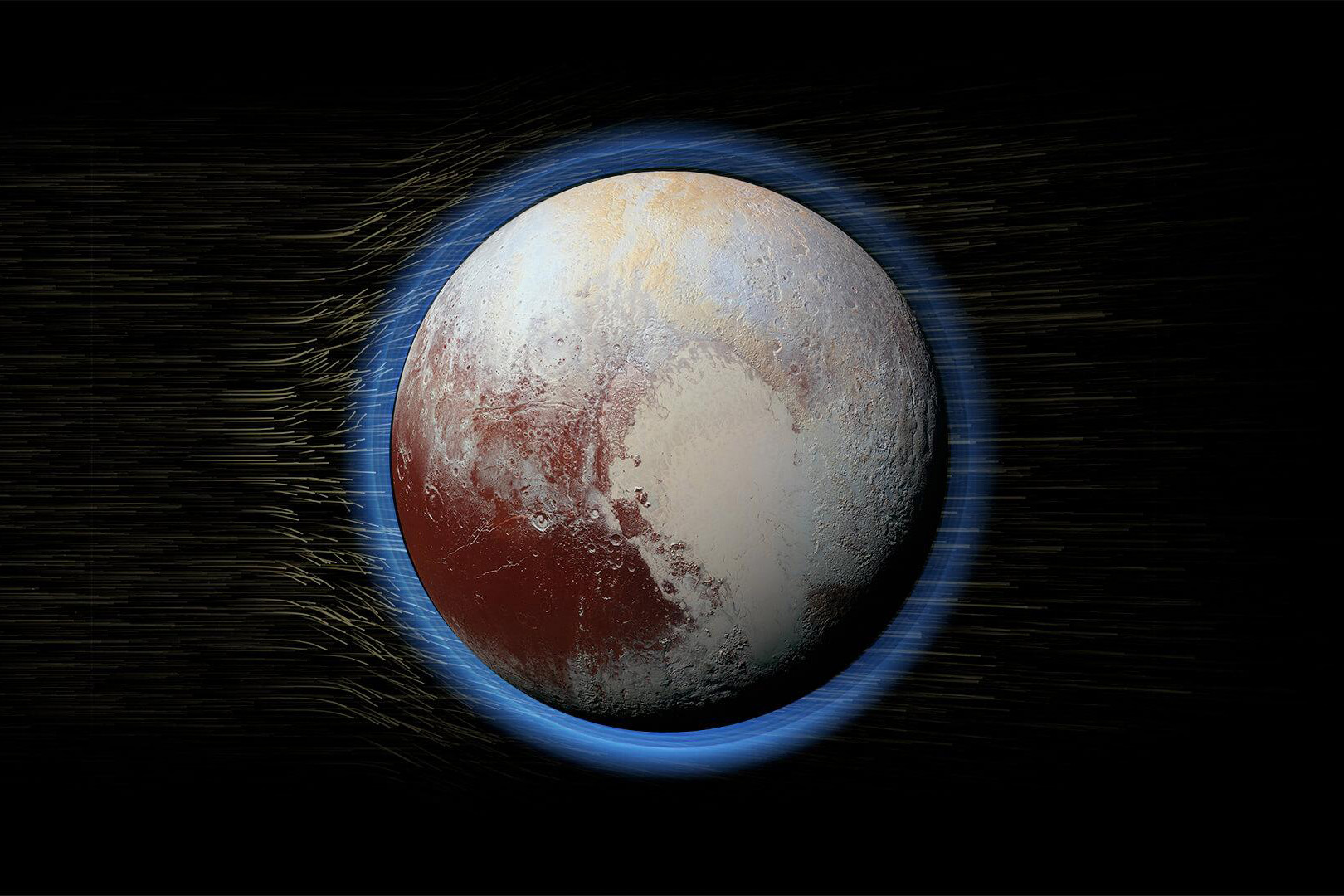
PEPSSI Pluto, Kuiper Belt Objects, and Comets

PIMS Giant Planets
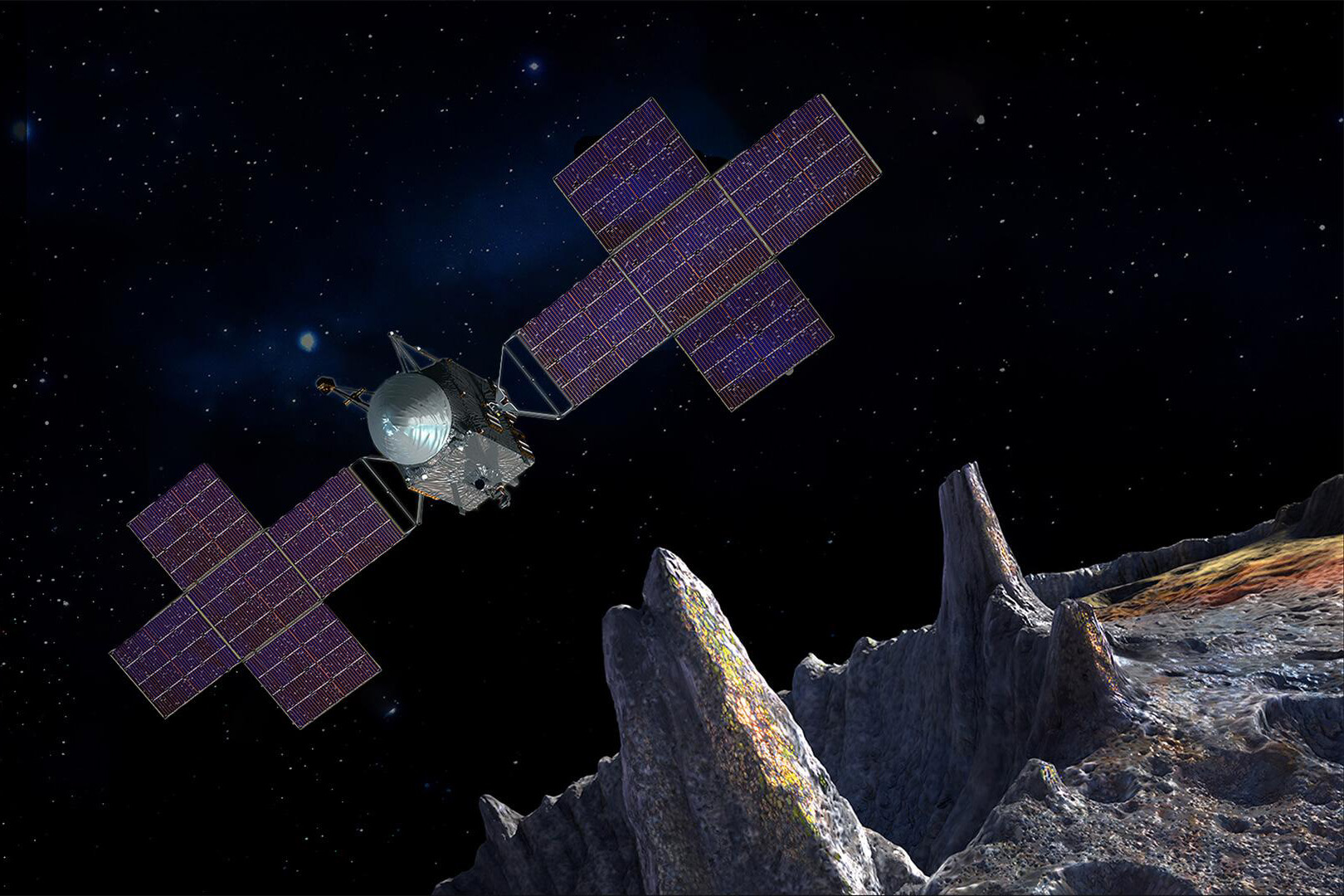
Psyche GRNS Asteroids
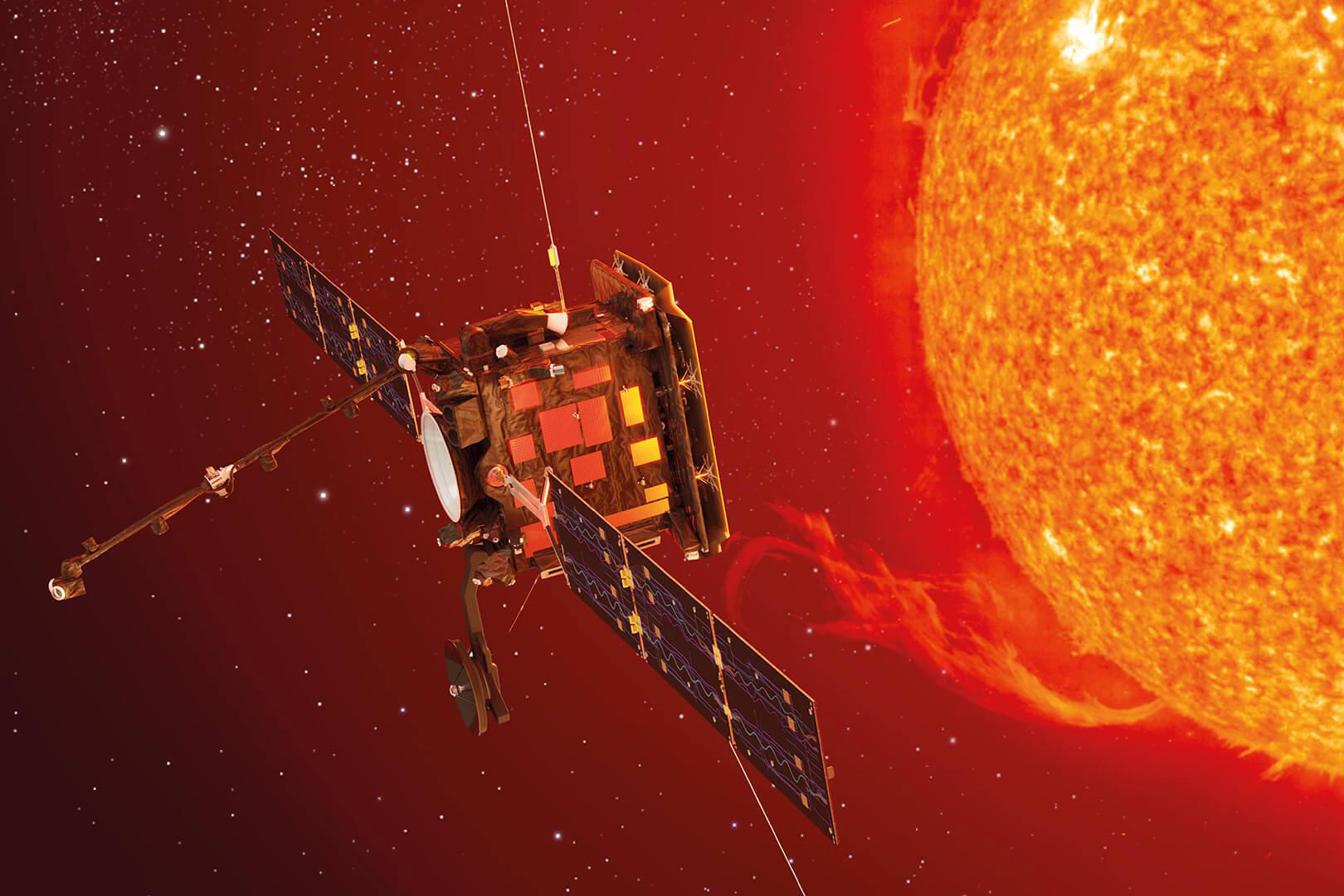
SIS Sun and Solar Wind
